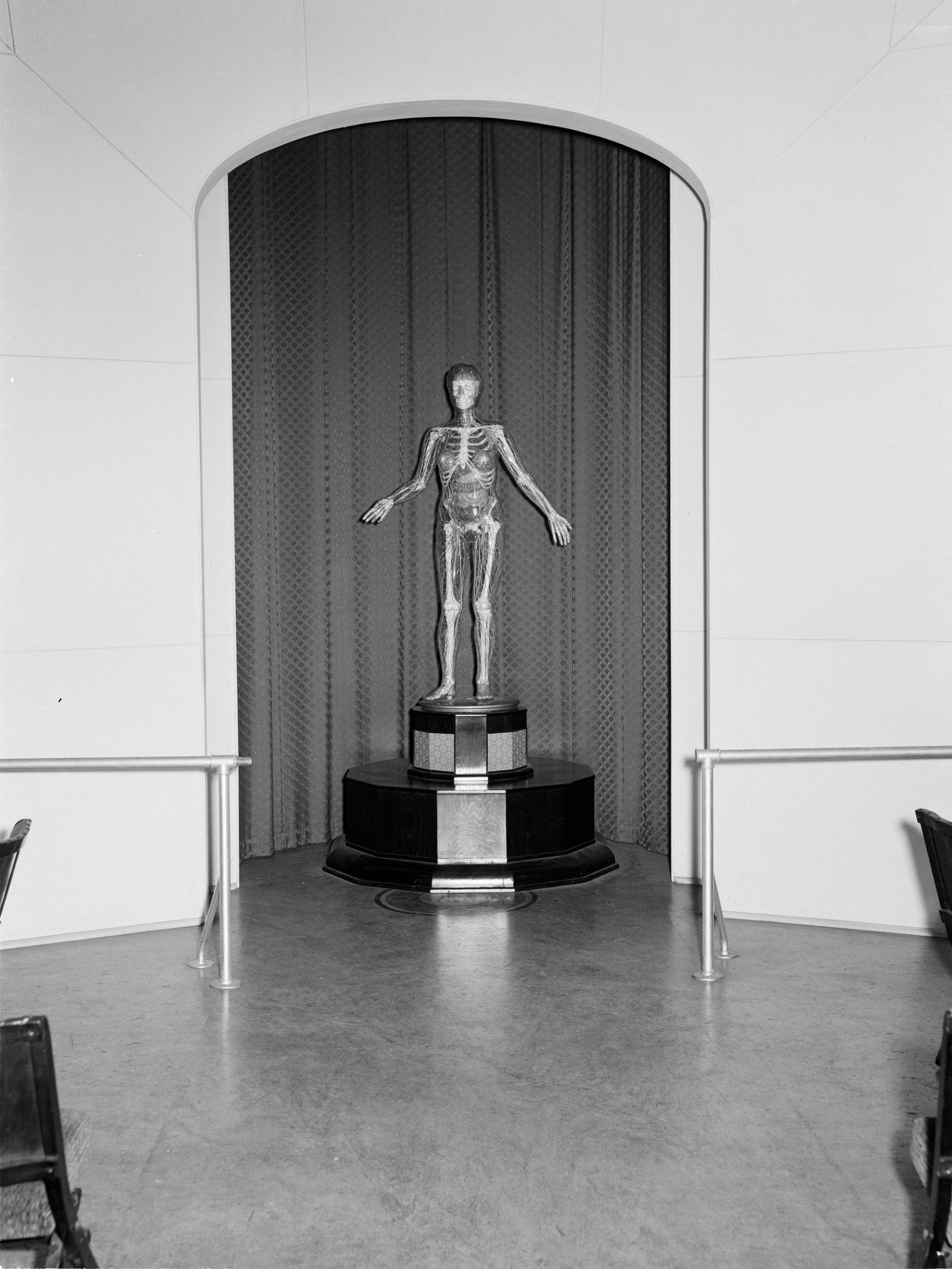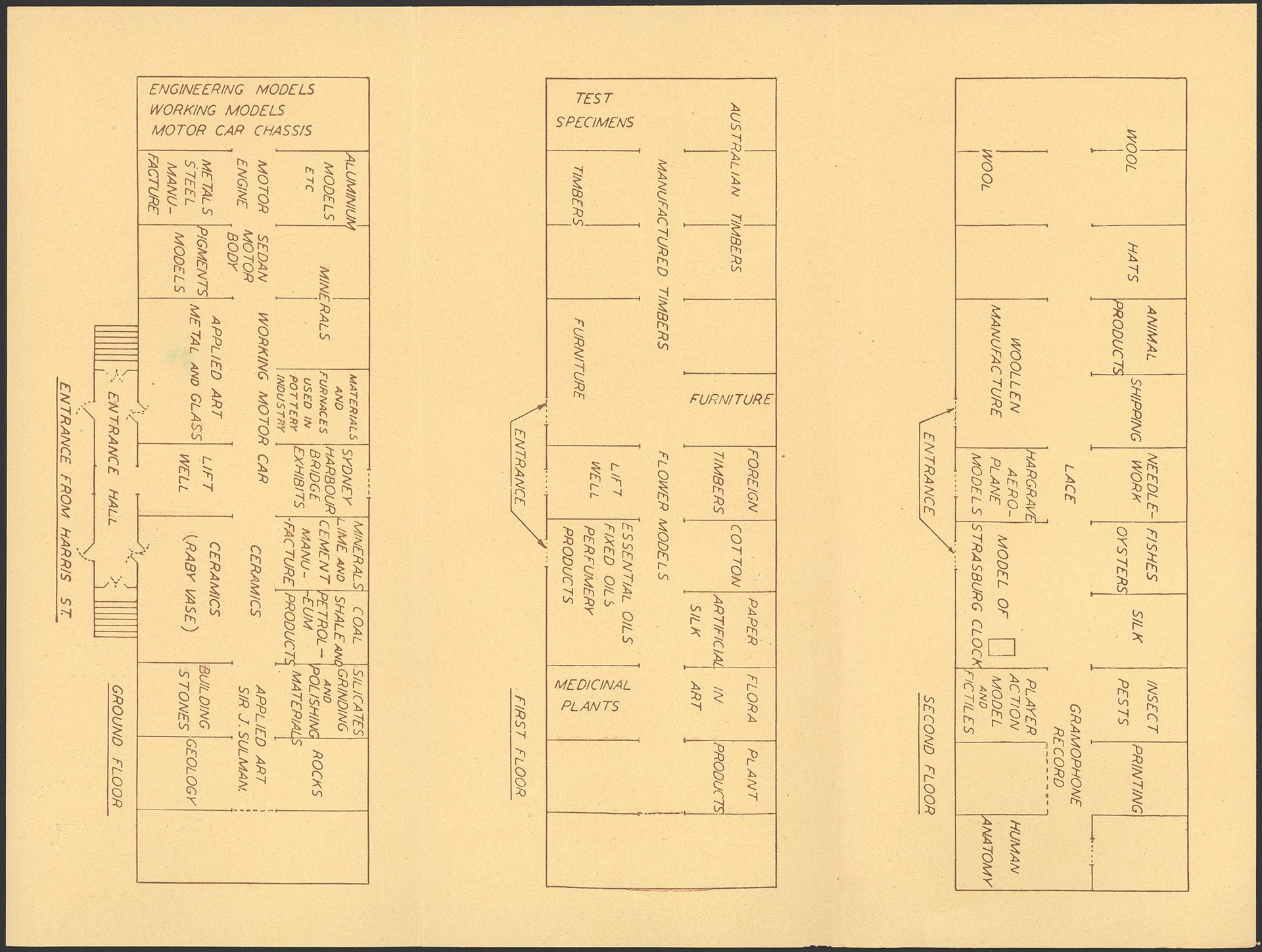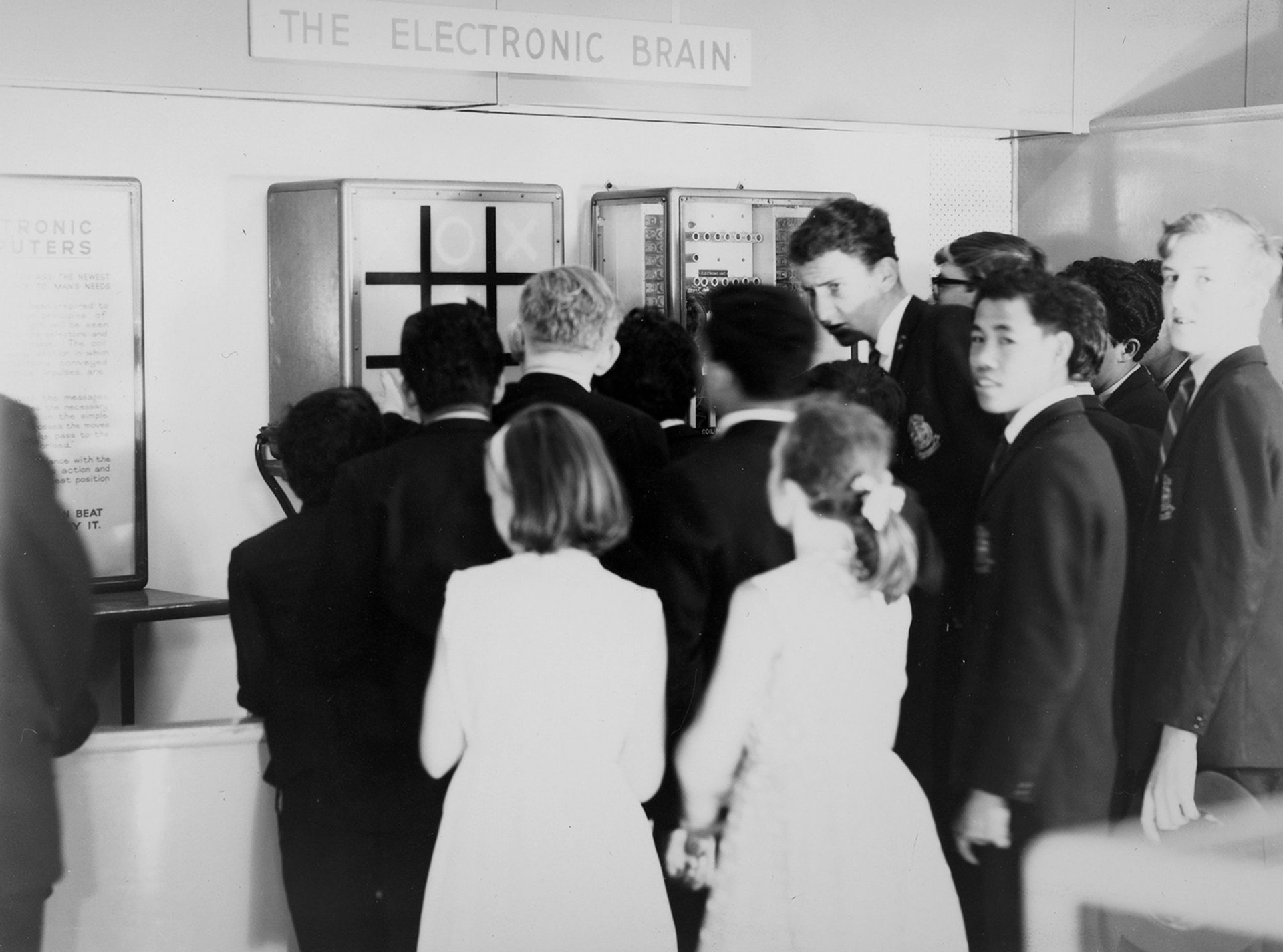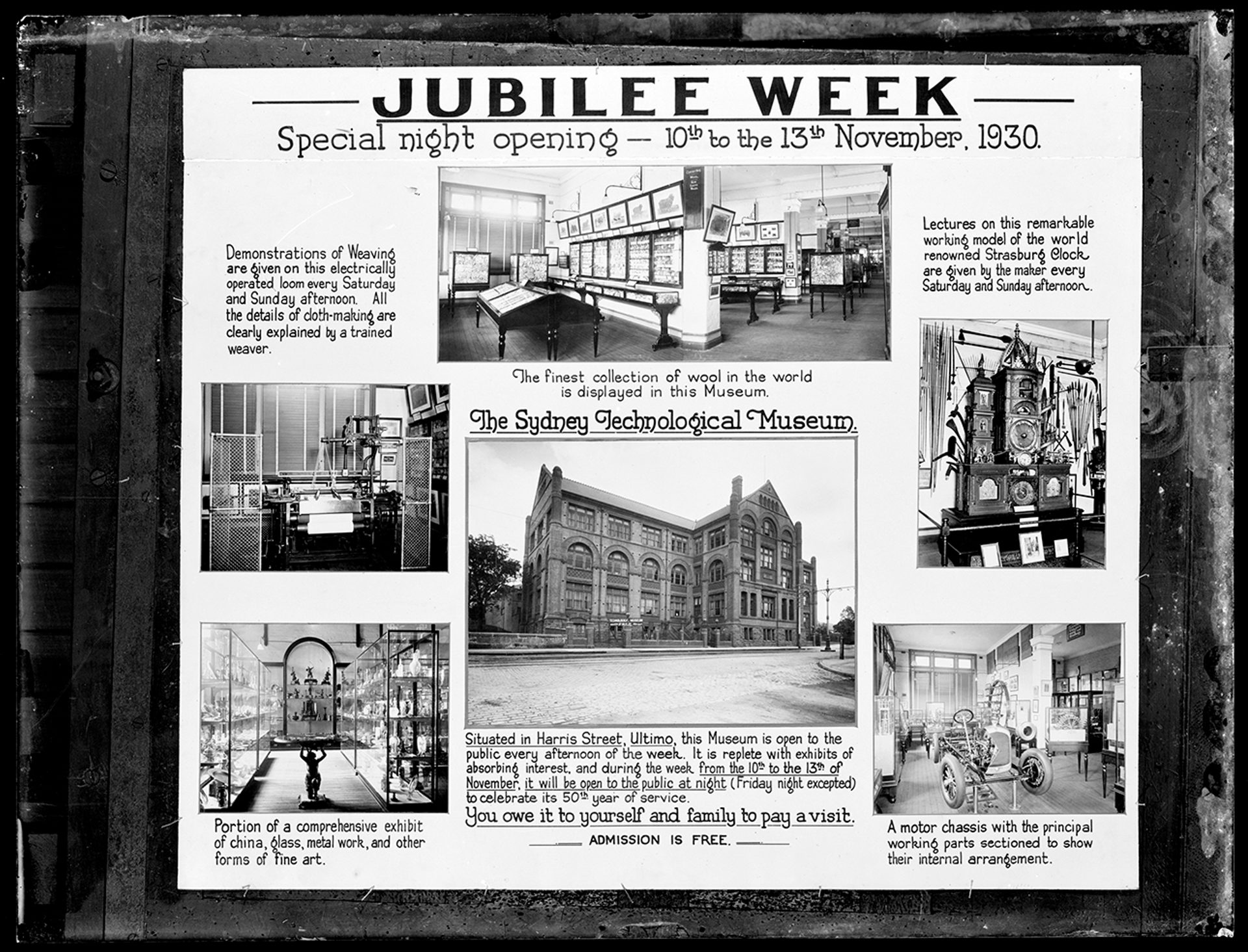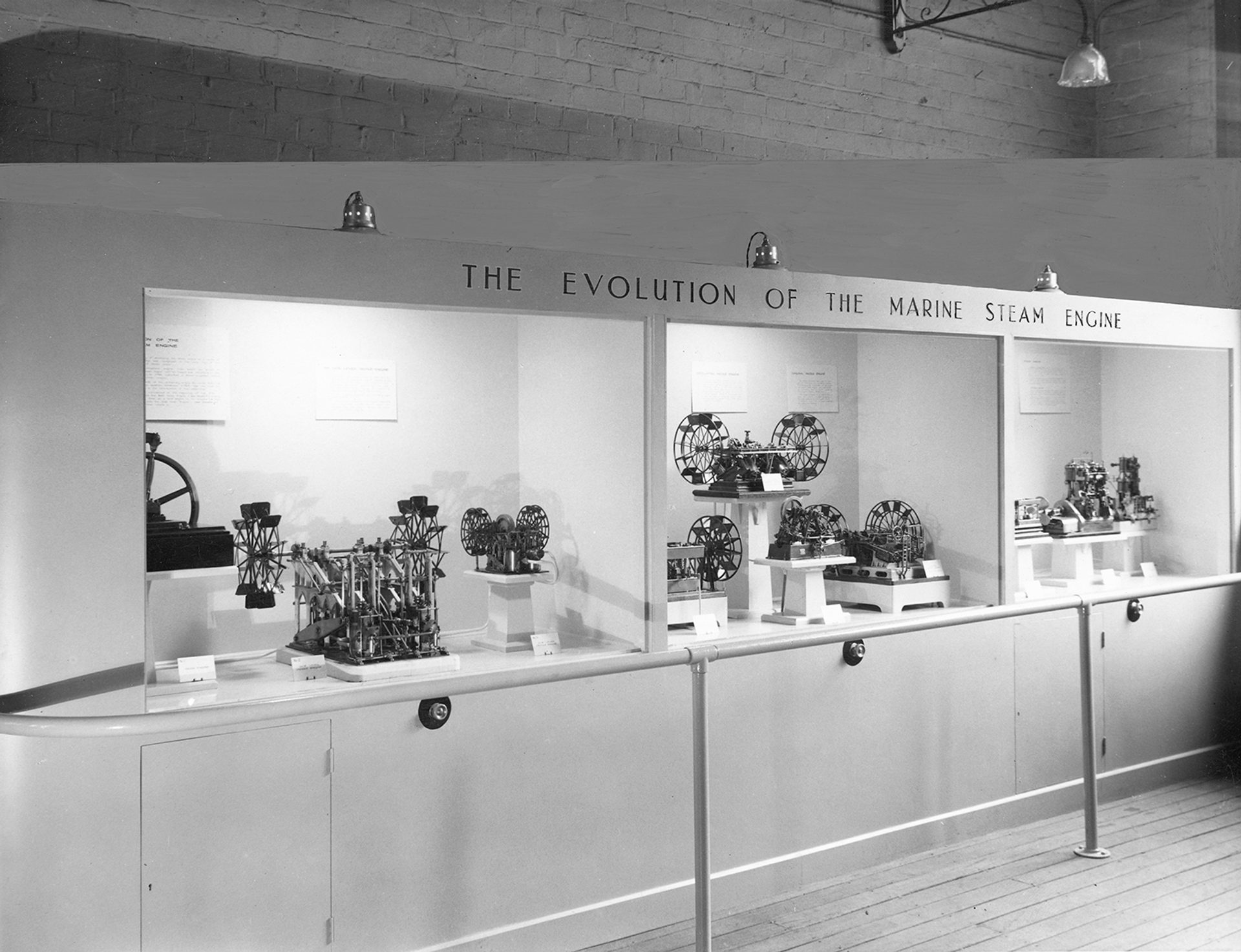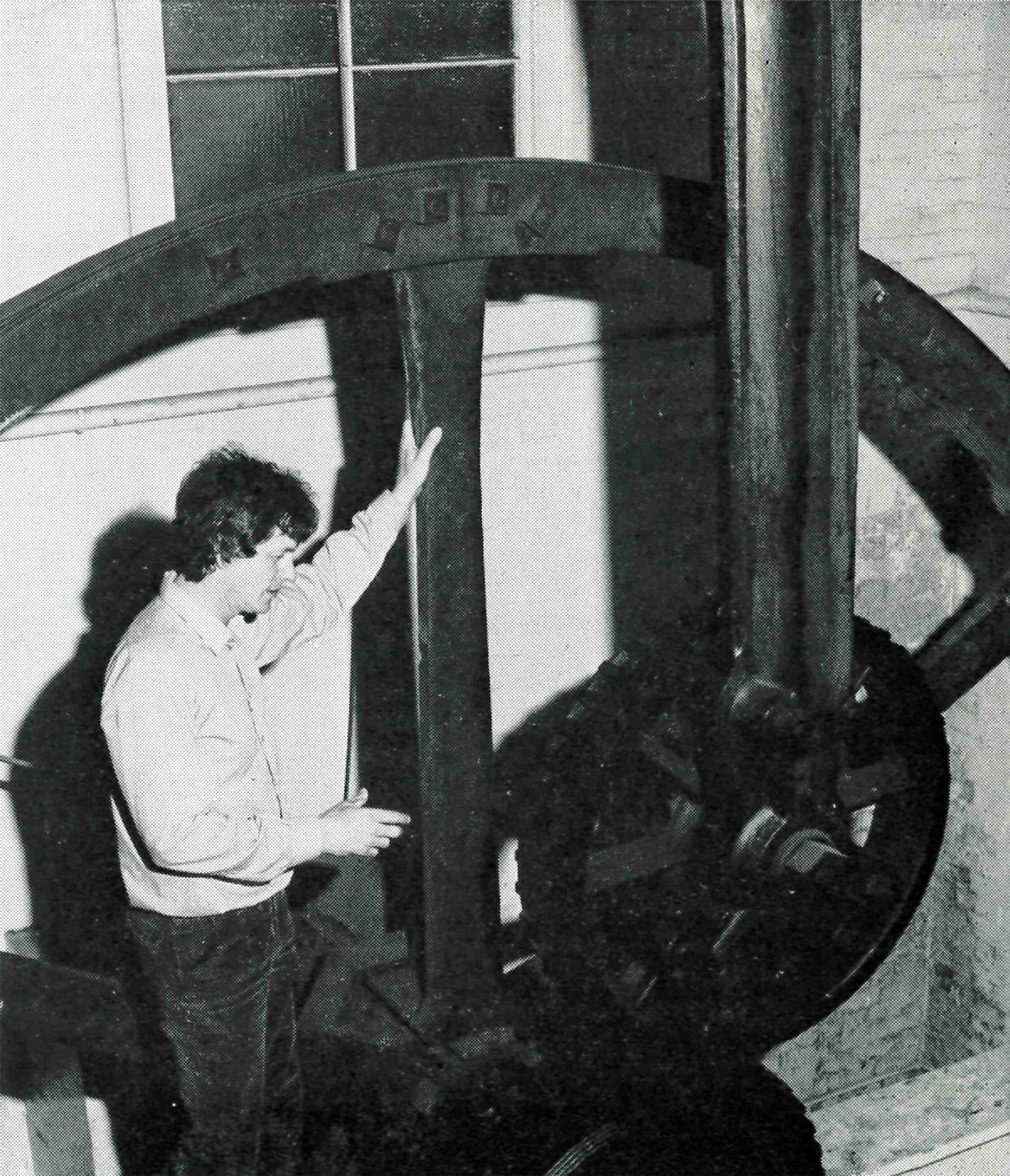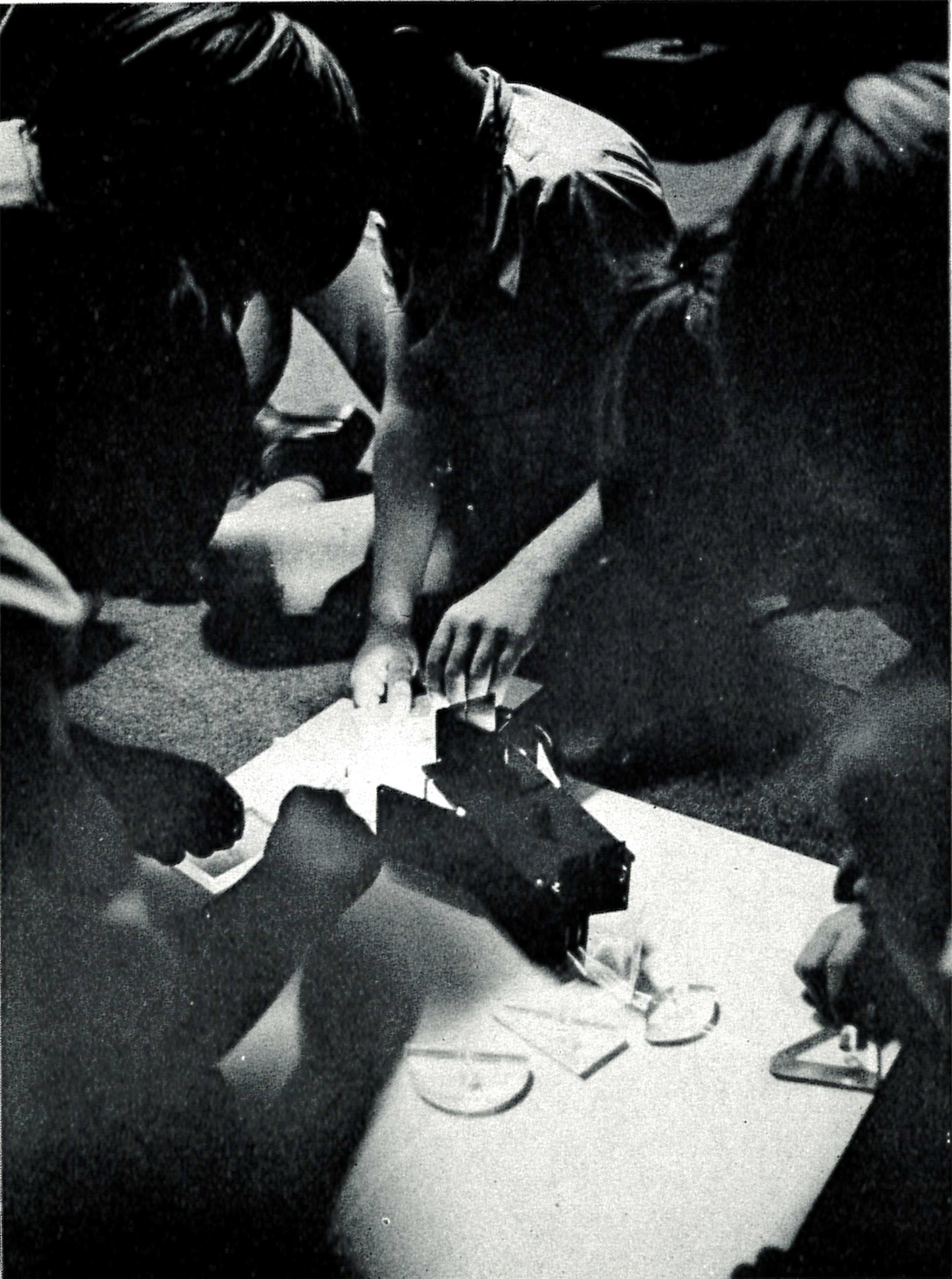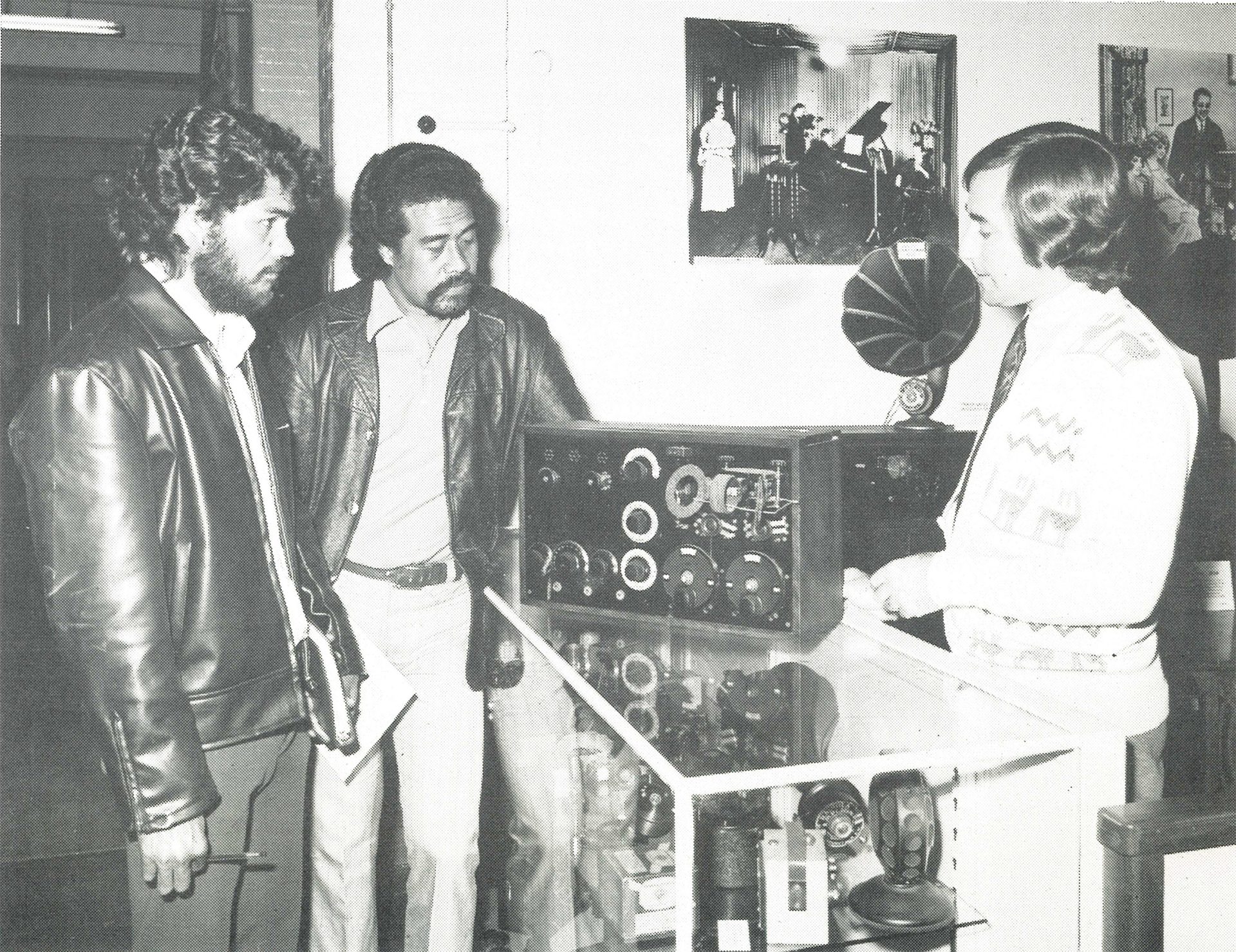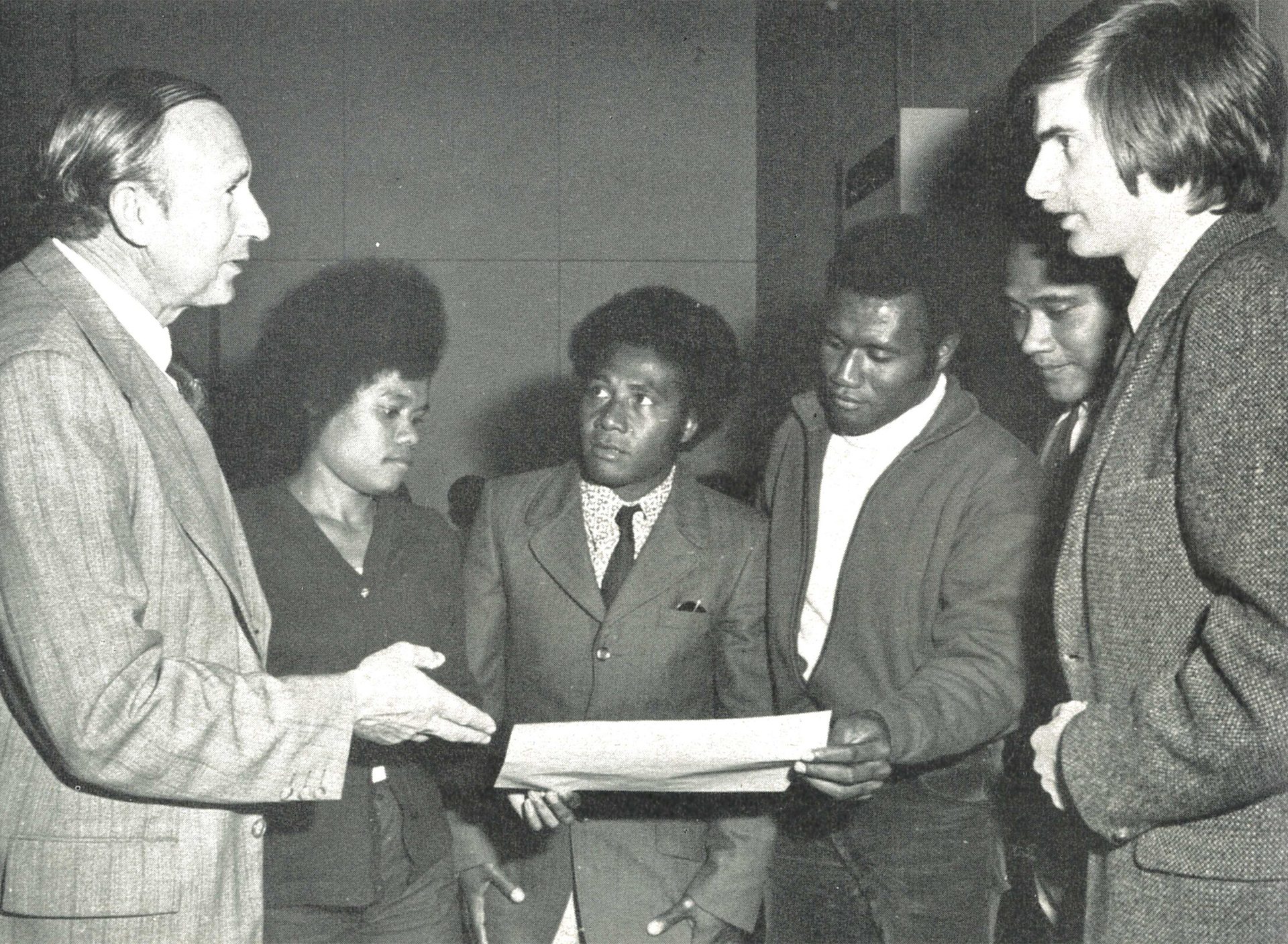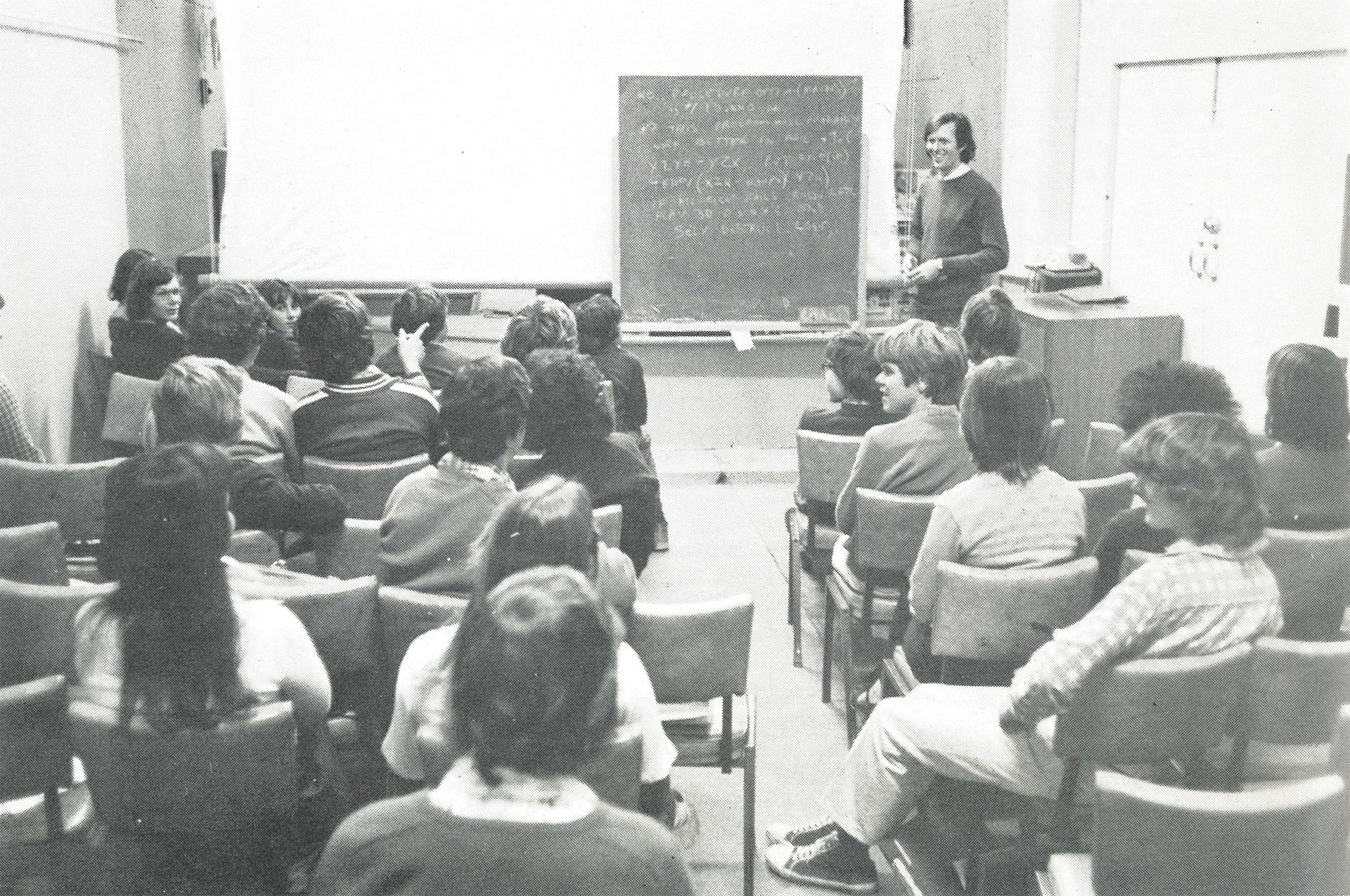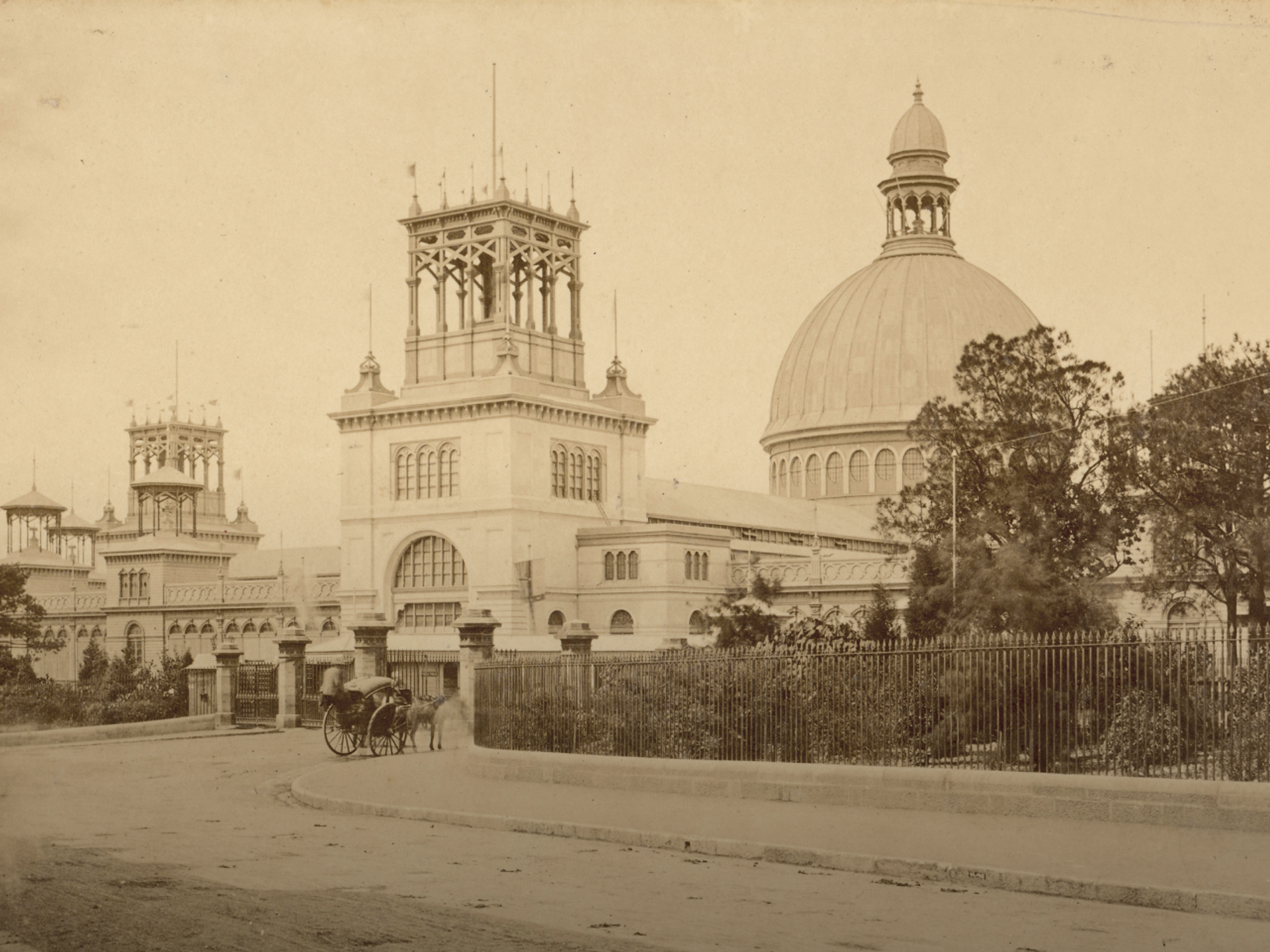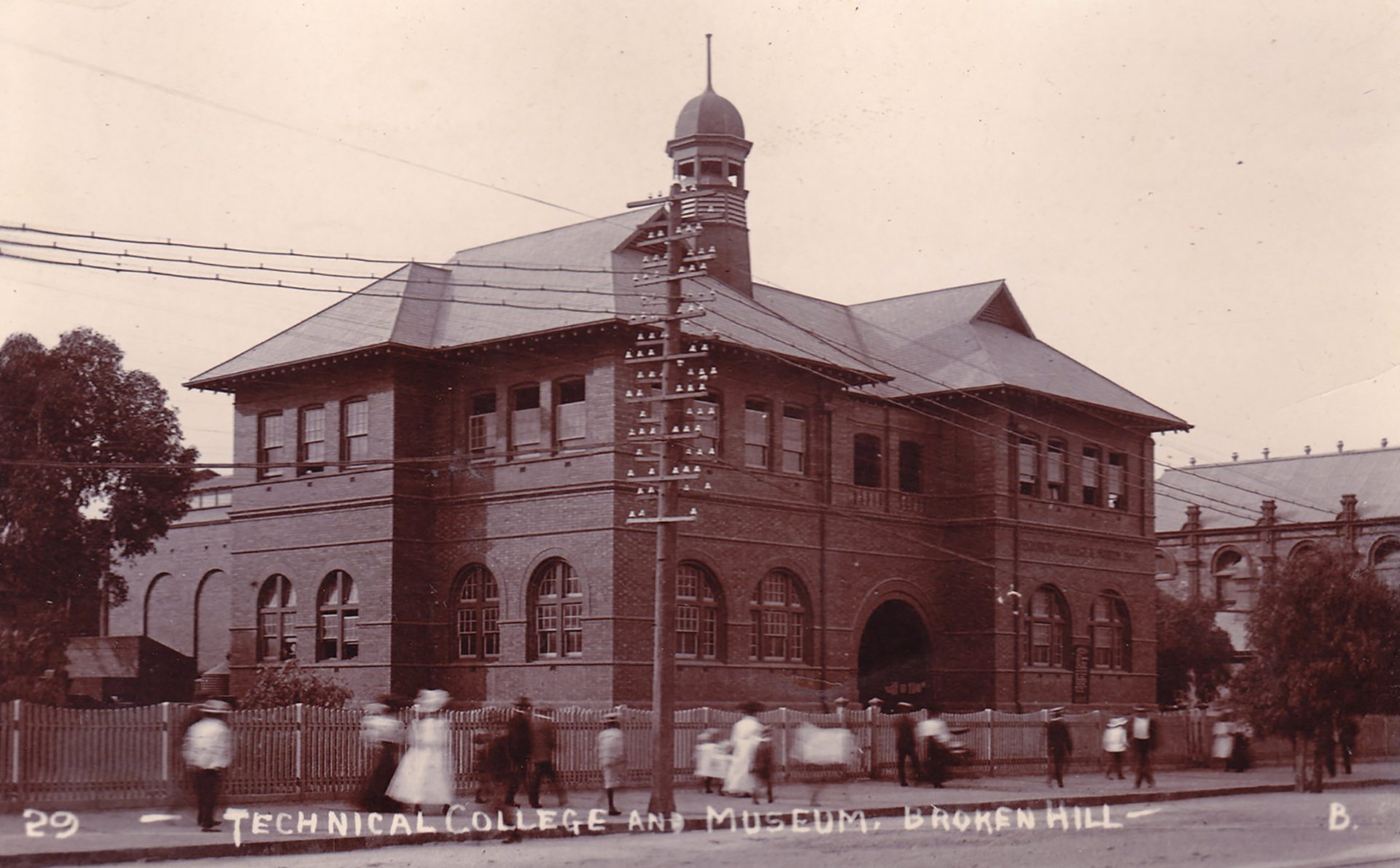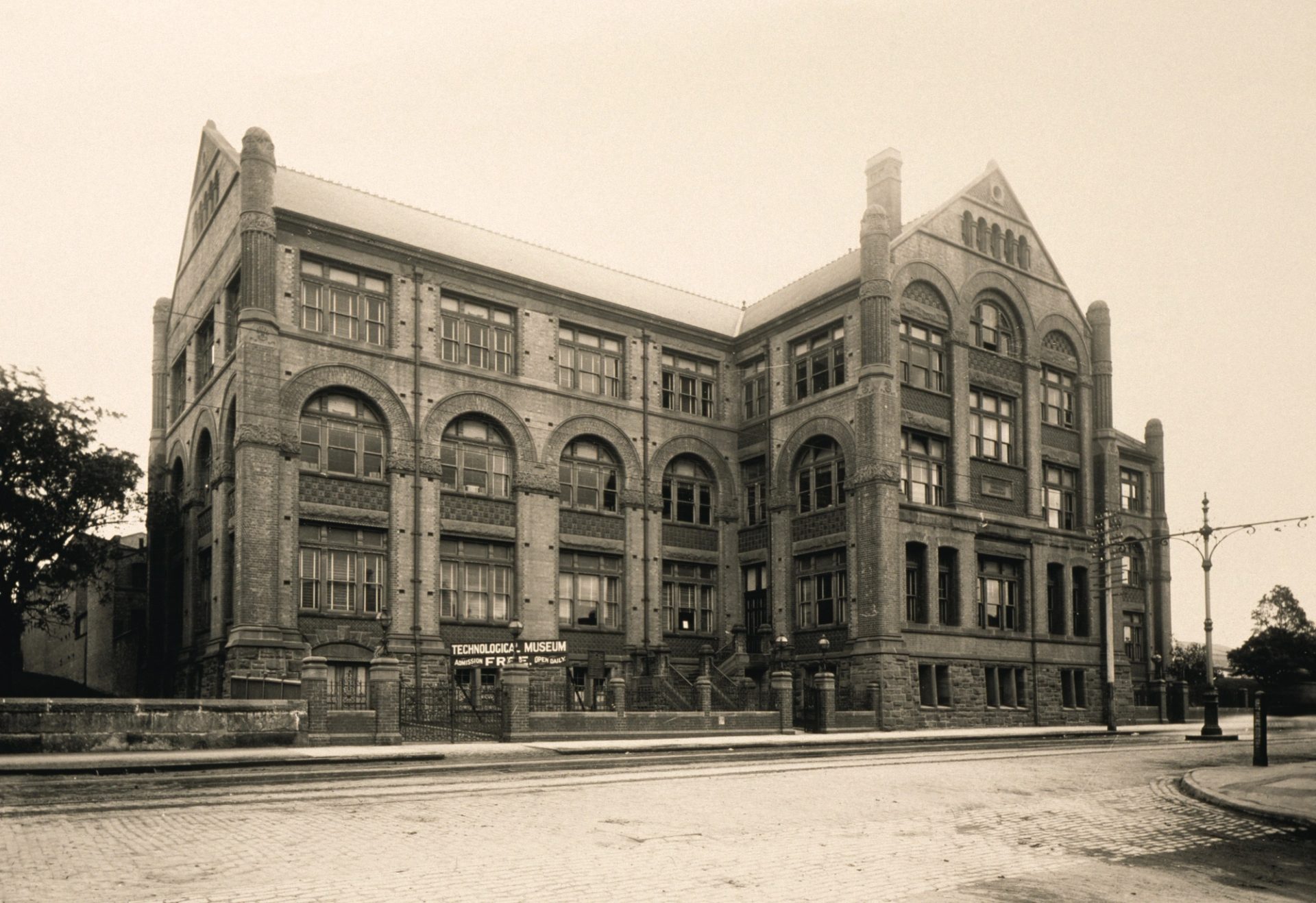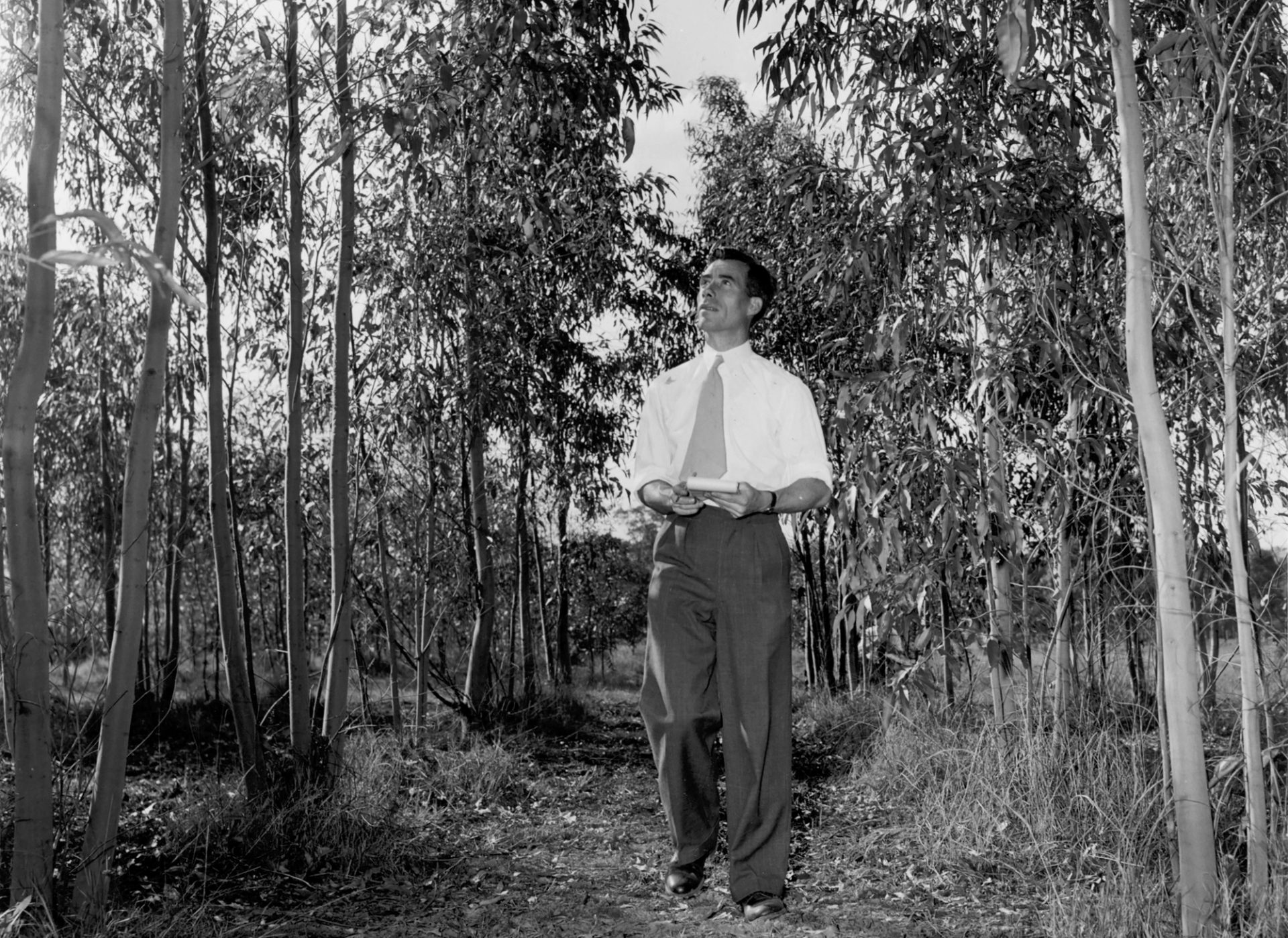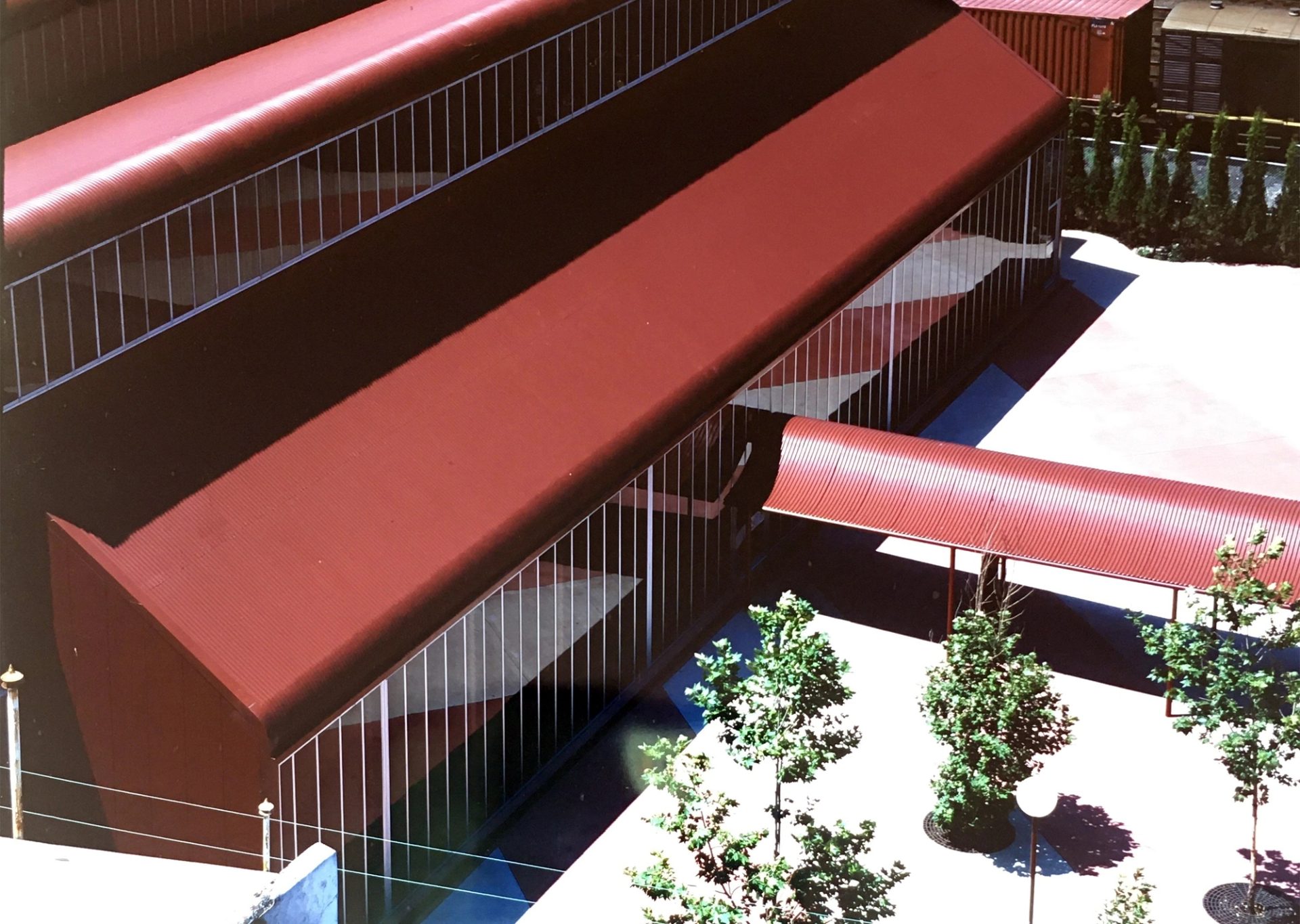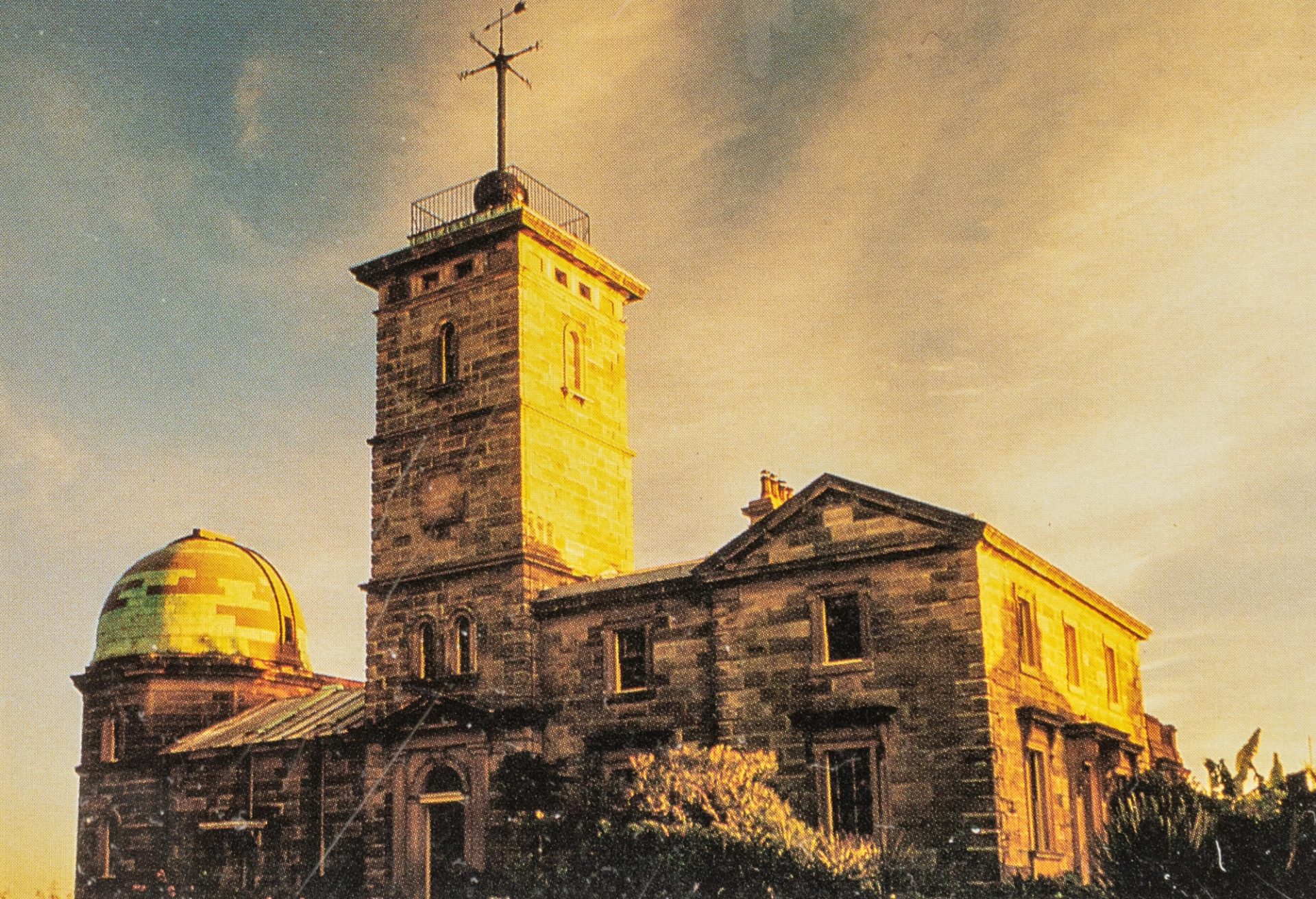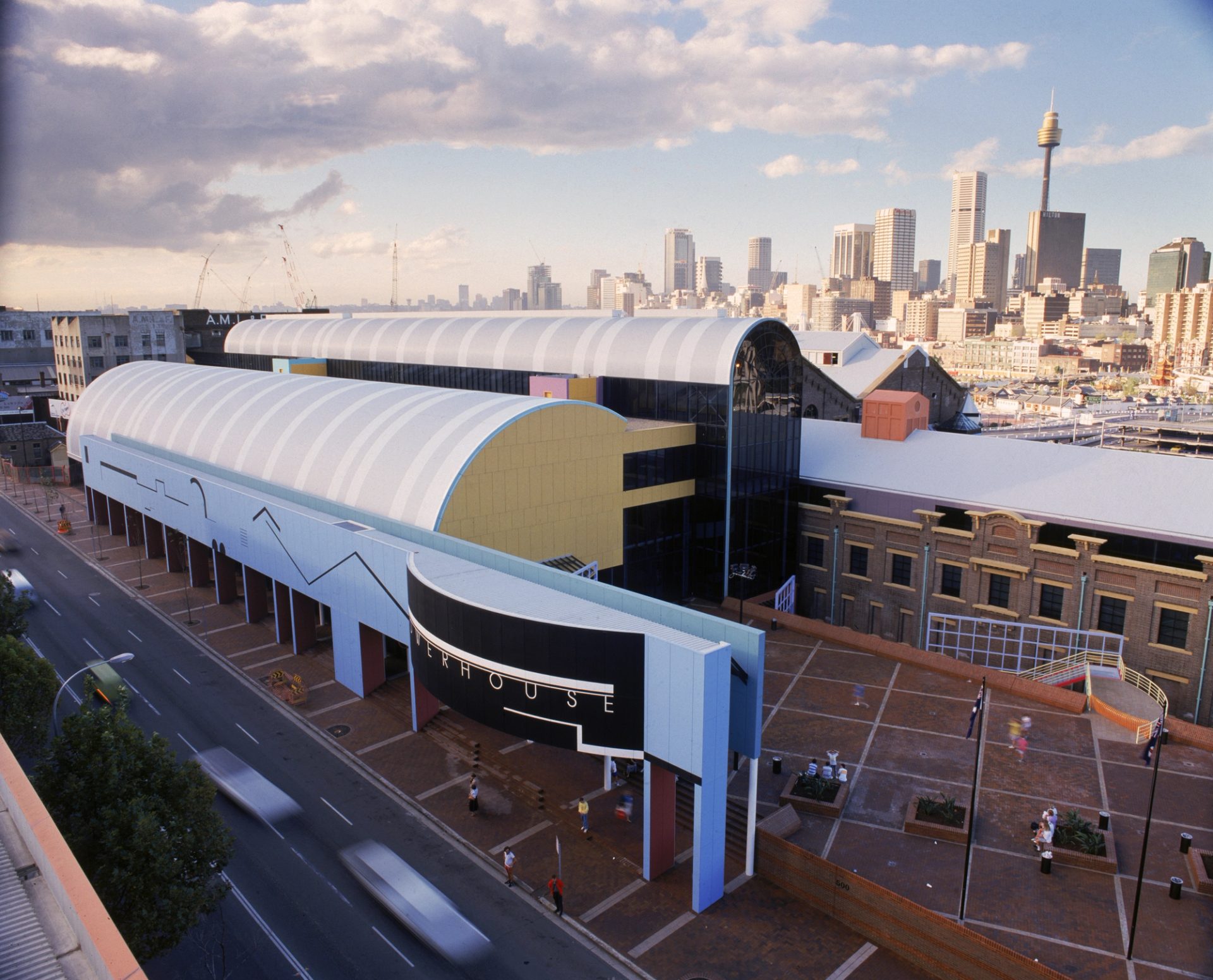A Museum of Doing

‘All technical schools should have an immediate connection with a museum. The eye sees in a moment what the mind cannot understand from a written description’
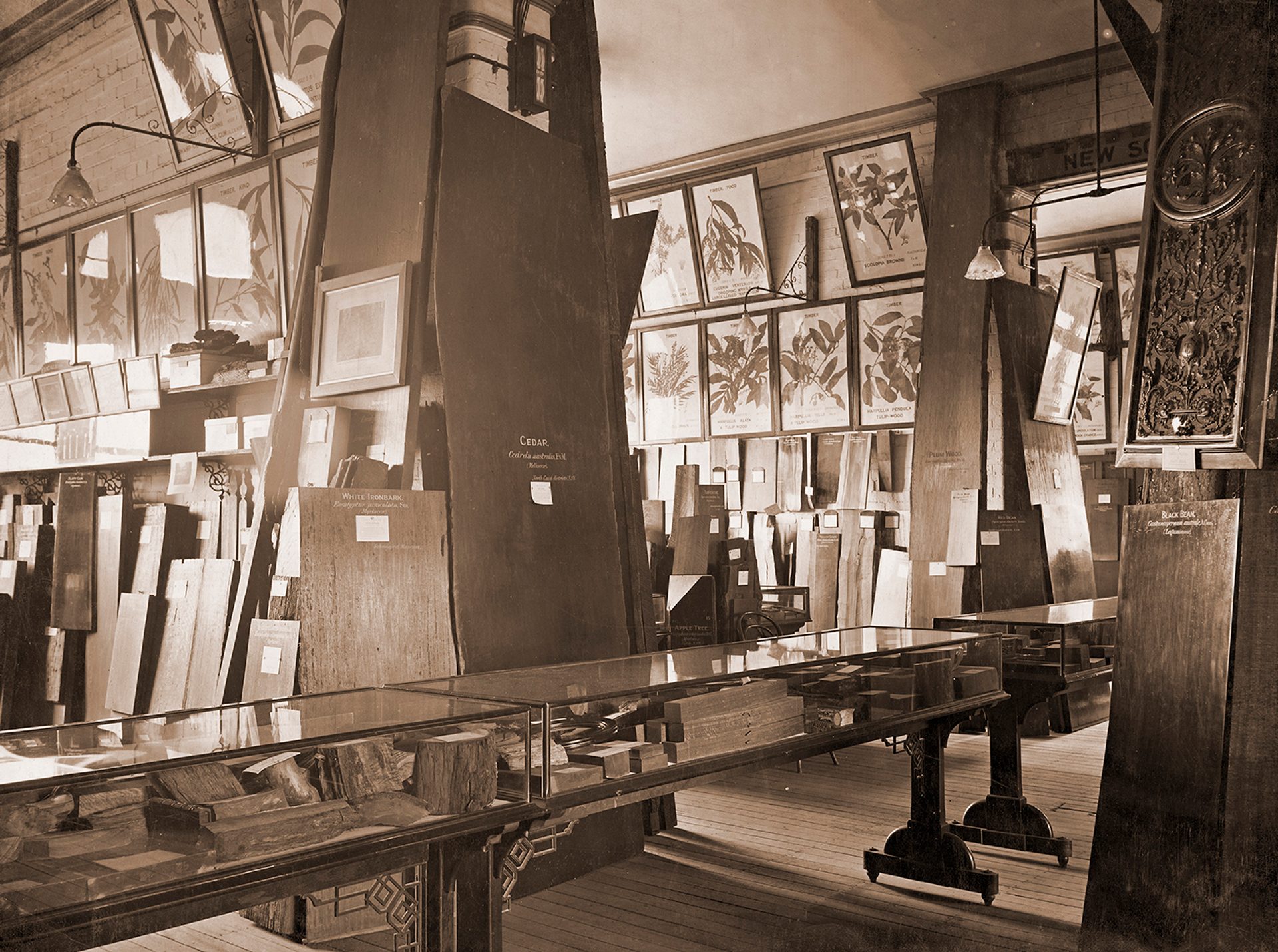
On 4 August 1893, the governor of New South Wales, Sir Robert Duff, opens the purpose-built Sydney Technological Museum. The building – on Harris St, Ultimo – is designed by the Government Architect W E Kemp in ‘the spirit of Romanesque.’ Three-storeys high, it and its companion, the Sydney Technical College, tower over the factories and terraces of Harris Street.
The Museum’s new home sees the revival of attendances from the early 1890s. ‘These were years of profound industrial and economic upheaval … The museum may have offered a sanctuary from the misery, social turmoil and division of the depression. Entry was free and the exhibits offered a way for people to pursue their interests independently of formal instruction.
For the Working Man
‘I have now been able to classify the exhibits in a way that has been previously impossible, and the contents of the old crowded building and the congested store show now to advantage, and cause surprise to most people, who had no idea of the extent and value of our collections.’
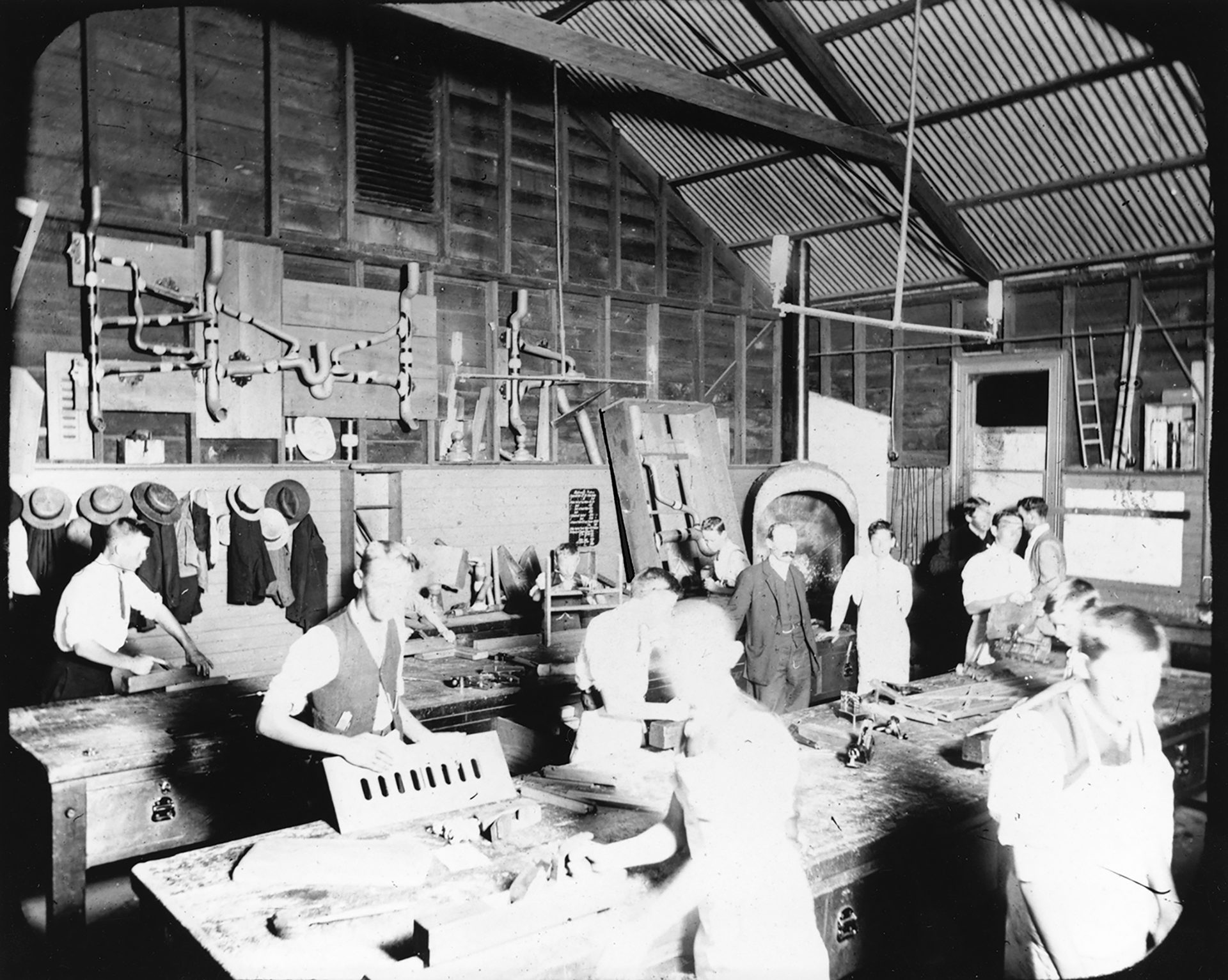
The Museum’s new home sees the revival of attendances from the early 1890s. ‘These were years of profound industrial and economic upheaval … The museum may have offered a sanctuary from the misery, social turmoil and division of the depression. Entry was free and the exhibits offered a way for people to pursue their interests independently of formal instruction.
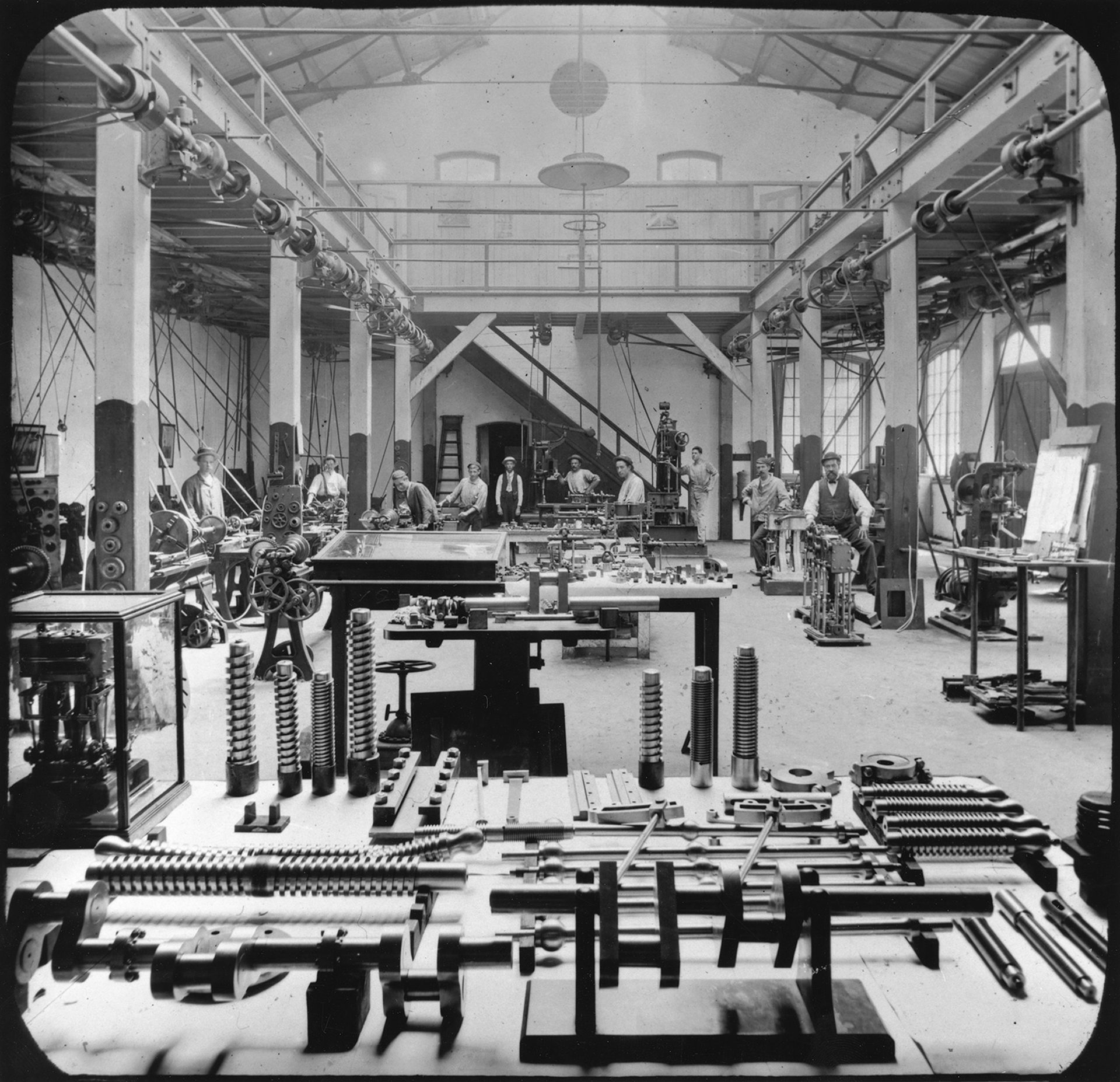
‘There is hardly any science, or industry, or trade one can name that is not taught at the Technical College and illustrated in its 'object lesson', the Technological Museum, next door – veterinary science, sheep and wool, geology, mining and mineralogy, house painting, sign writing, art decoration, electrical engineering, architecture, sanitation, pharmacy, chemistry …’
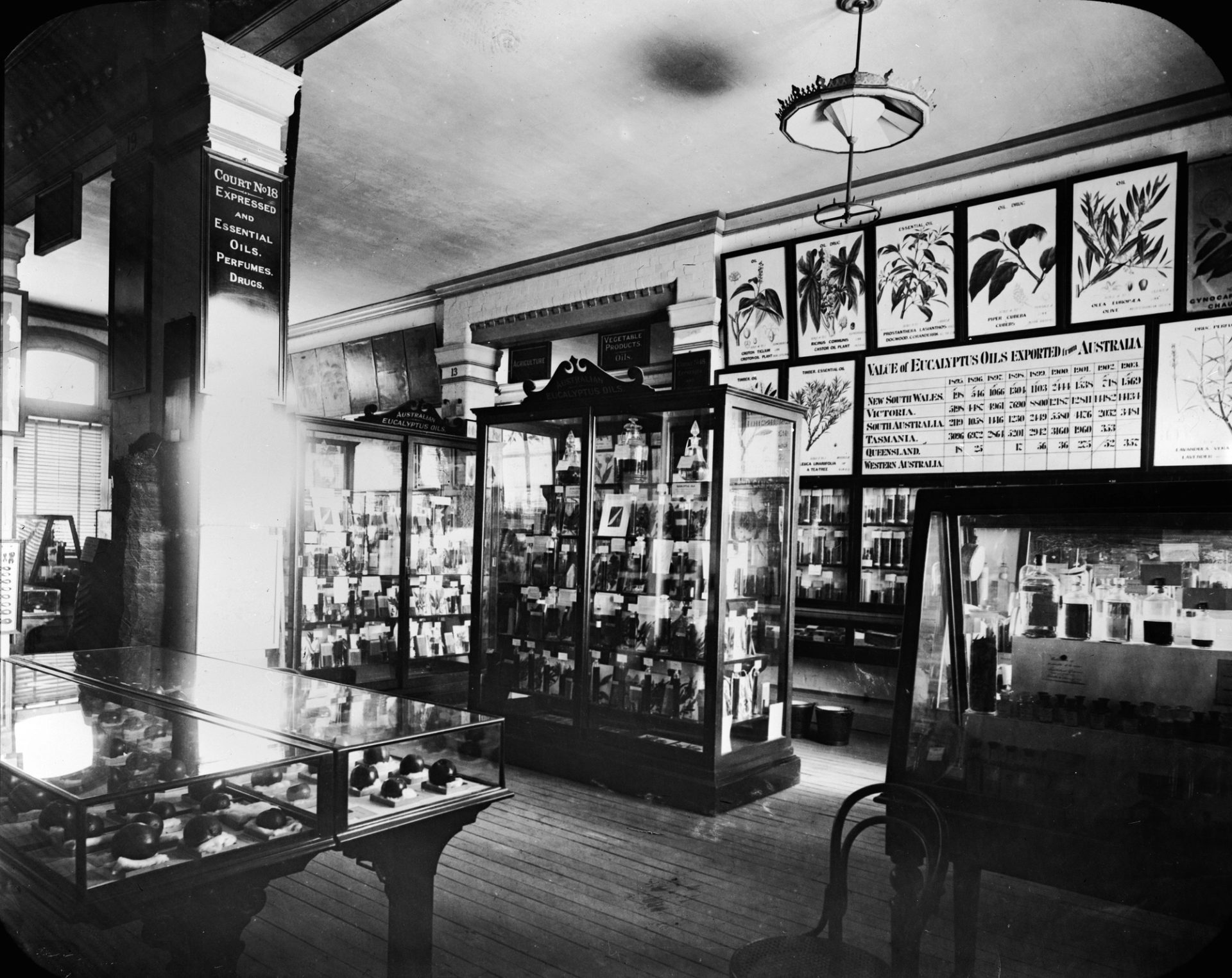
Three Kingdoms
In September 1896, Richard Thomas Baker becomes the museum’s curator when J H Maiden becomes director of Sydney’s Royal Botanic Gardens. Baker also focuses on economic botany, working across collections including eucalyptus bark, kino, woods, woods impacted by insects, gums, resins and fibres. He nominates eleven categories of commercial eucalypt.
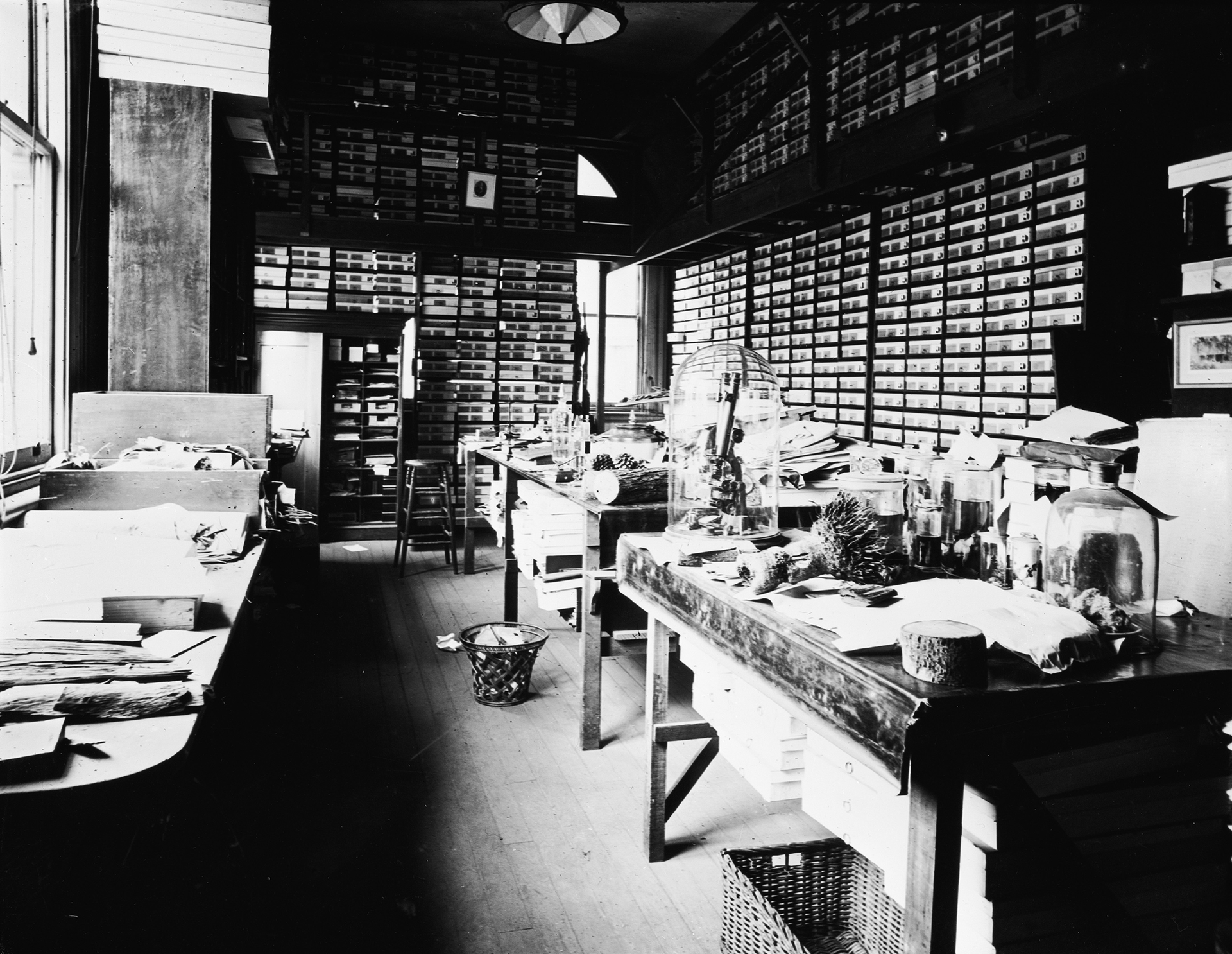
Working closely with the Technical College, the new museum houses different laboratories for mineralogy, botany and chemistry, zoology and entomology, as well as herbarium with storage for dried samples of native plants.

A wide range of books and articles are published by Museum researchers. RT Baker alone publishes more than 120 scientific papers during his career, as well as several seminal books including Hardwoods of Australia and Their Economics, 1919, written ‘especially for the technologist in wood – the architect, builder, sawmiller, engineer, cabinetmaker and ... the forester.’
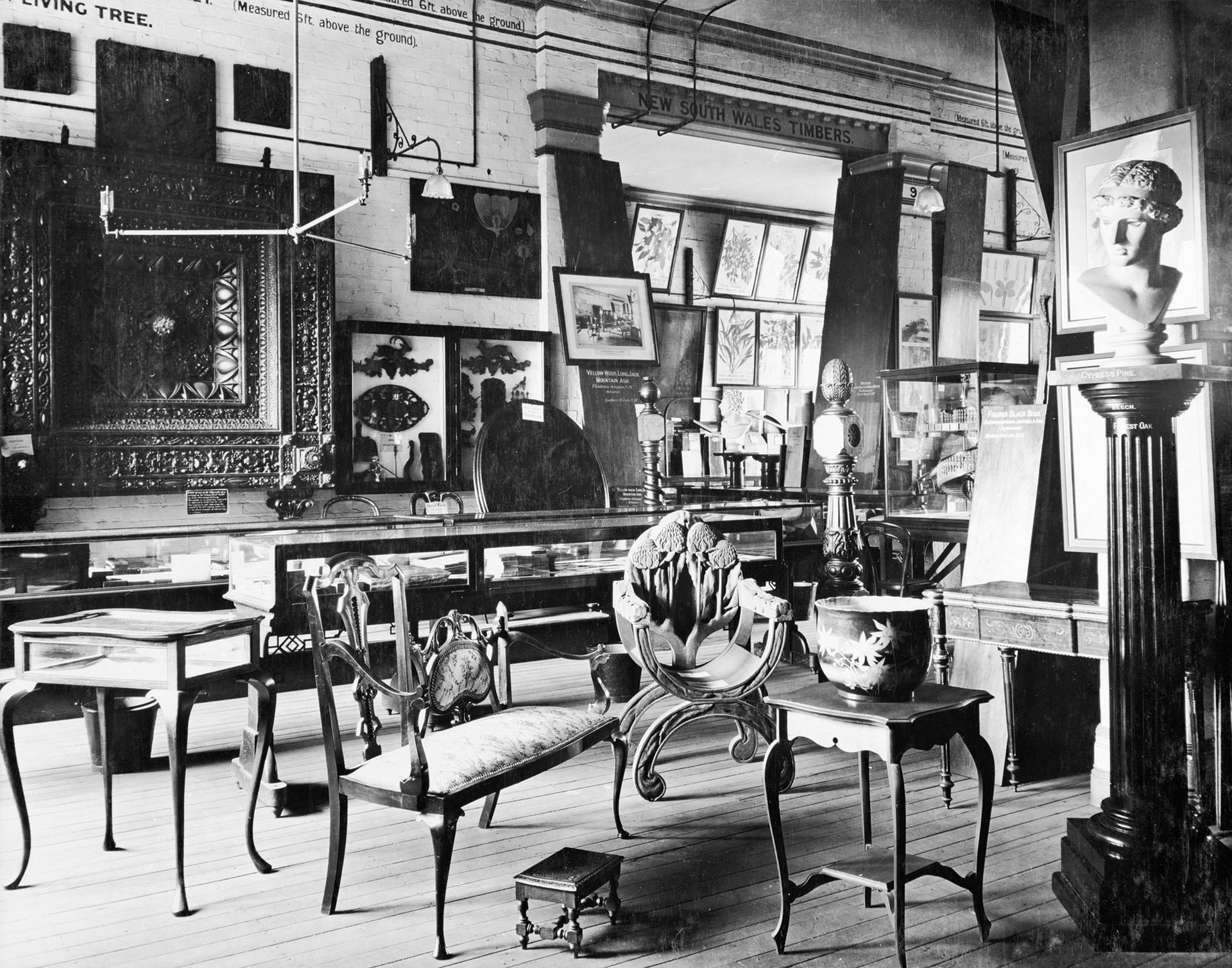
‘The encouragement of Australian design from Australian subjects, is of great importance toward forming an Australian spirit and a school of Australian design’
In 1906 the interior of the Museum enjoys its first renovation, opening a gallery devoted to Australian Flora Applied to Art that houses two hundred specimens of pottery, leatherwork, jewellery, metalwork and stained glass decorated with the native flowers of Australia.
The Bradfield Observer praises in 1909: ‘if anyone wishes to know how a Technology Museum can be managed so as to come into daily contact with the lives of the people, giving them information and help and warning them against mistakes in their trades and enterprises of all kinds, he should go to Sydney … [the Museum] tells them many things they could not know without its aid; it renders them real and valuable assistance in their everyday work at their trades; and assists materially towards cheaper and more economical and more efficient production of all kinds. The people value and esteem the museum accordingly.’
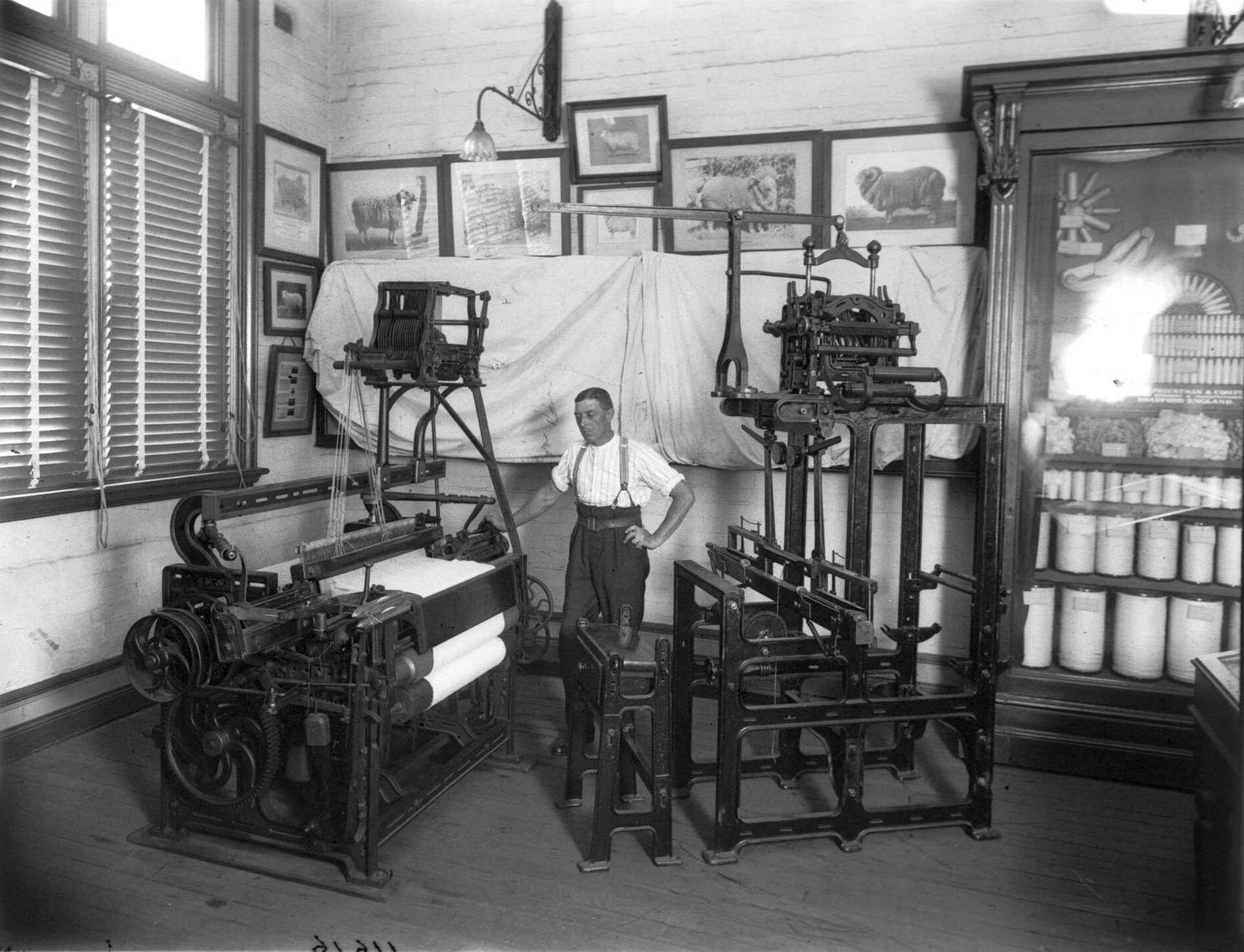
Industry Research, Technical Education
‘Regular lectures ‘shall be delivered on the contents of the Museum, explanatory of the history, uses, modes of occurrence, manufacture and all other particulars relating to the exhibits of raw and natural products. In this way it is hoped that the utility of the Museum will be greatly enhanced ... Such lectures were intended to ensure the “utility” of the Museum, and to induce the public to take 'an intelligent interest' in the collections’
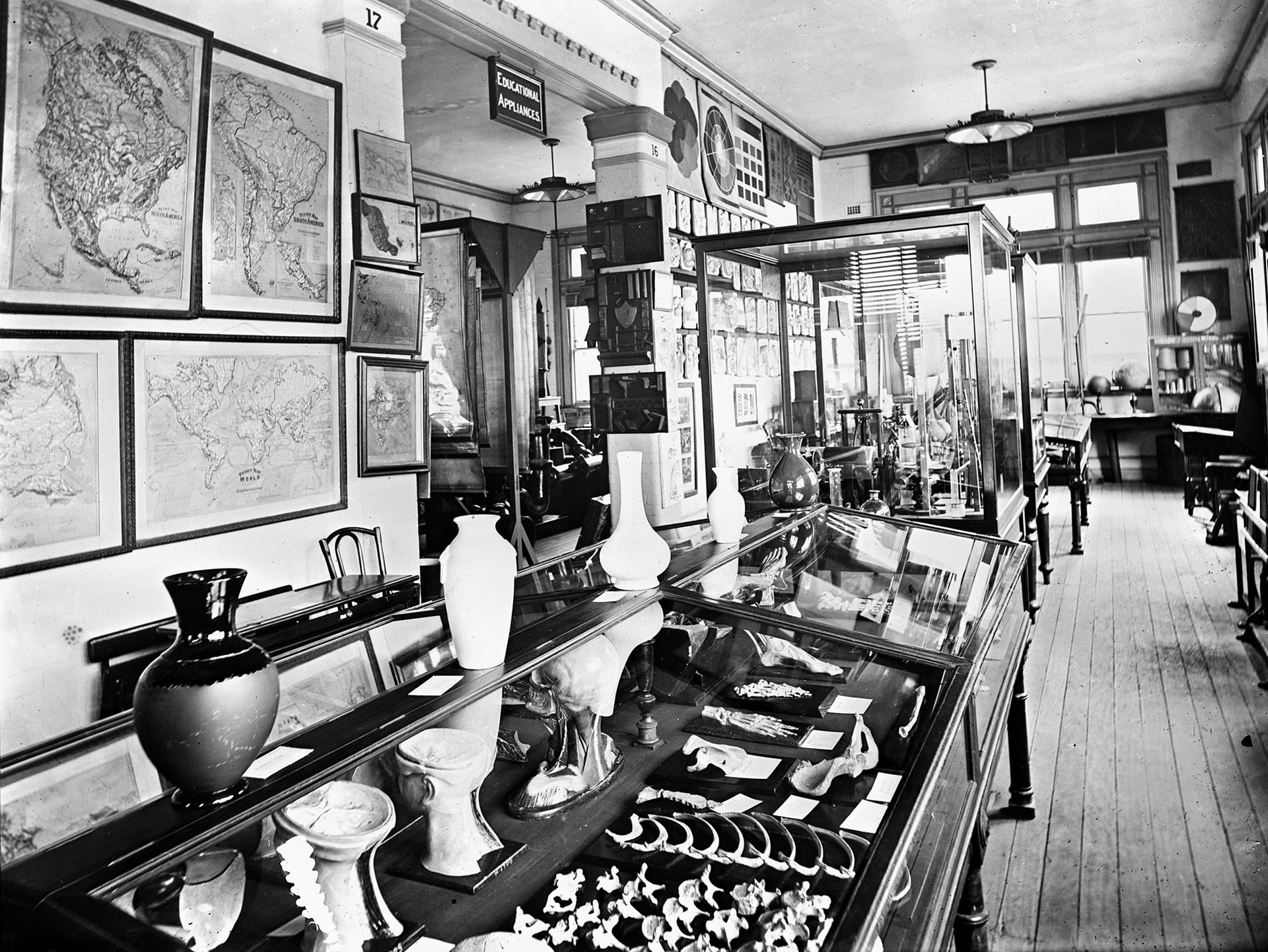
From its earliest days, the museum presents displays that will attract workers and also establish a good relationship with employers. By 1891, the employee of a leading wool manufacturer is being sought ‘for an hour or two, say, one afternoon a week’ to operate Museum’s loom in view of the public.
The museum’s educational displays stretched to include human bones and anatomical models – to be regularly consulted by both students of anatomy and teachers of physiology.
One of the world’s earliest purpose-built technology museums, its interior reflects the design of earlier international exhibition buildings, with big windows and small display bays. Display highlights include Lawrence Hargrave’s flying machine models and demonstrations of a working model of the Strasburg Clock.
During both World Wars, the Museum works to recommend Australian alternatives to overseas imports, including a range of endemic timbers for the Lithgow Small Arms Factory, grass tree resins for use in explosives, and options for mould-proofing parachute silk.
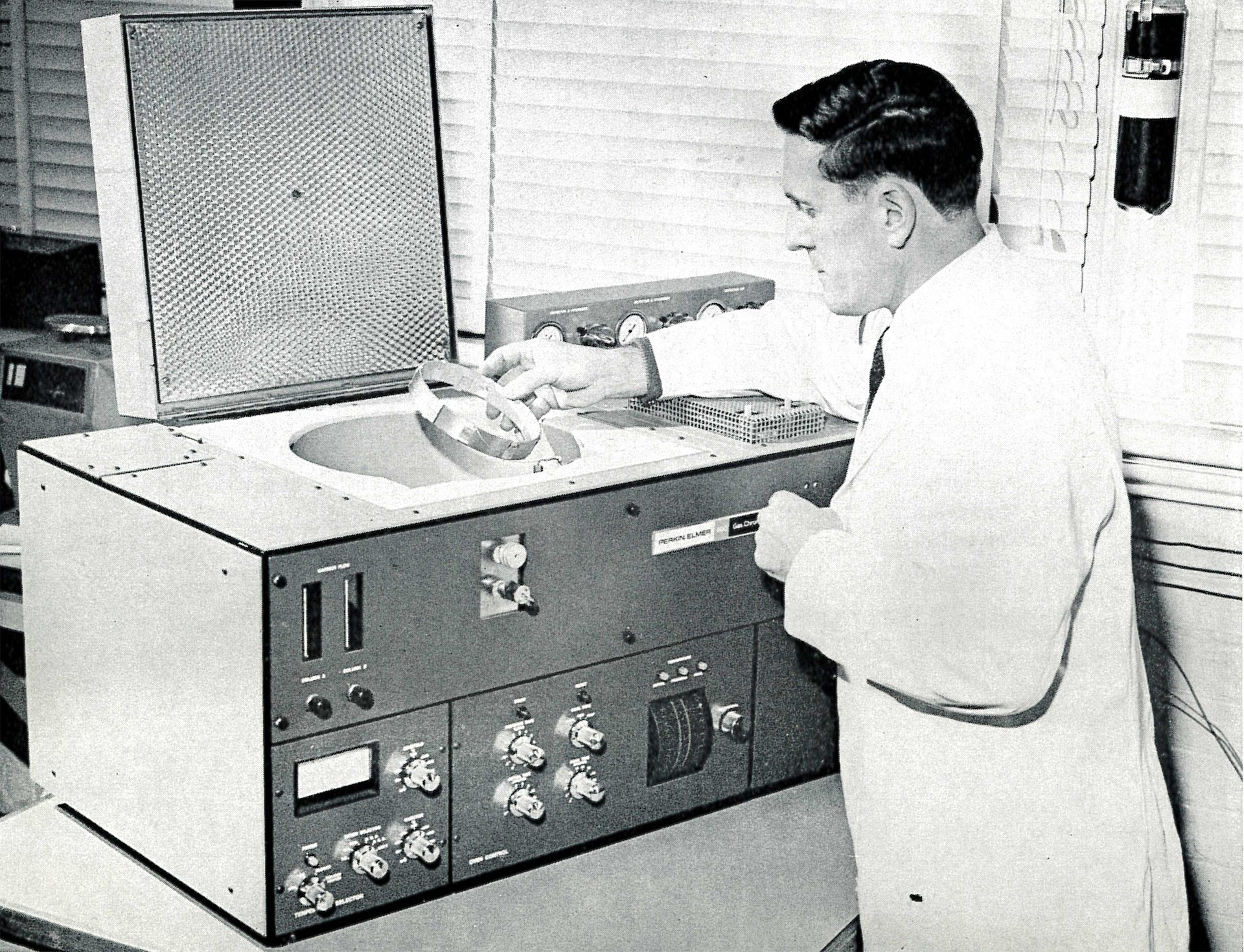
Throughout the 1950s, the Museum continues to present demonstrations of new models and inventions, including x-ray and radar equipment, television, the ‘Transparent Woman’, and a the first of an evolving set of noughts and crosses machines. The first part-time guide/lecturer is appointed in 1953.
In 1962, the essential oils are removed from the Museum’s displays.
In 1979, a report by the NSW Science and Technological Council recommends that the Museum’s research into essential oils cease and that the Department of Agriculture take over the role of providing technical advice.
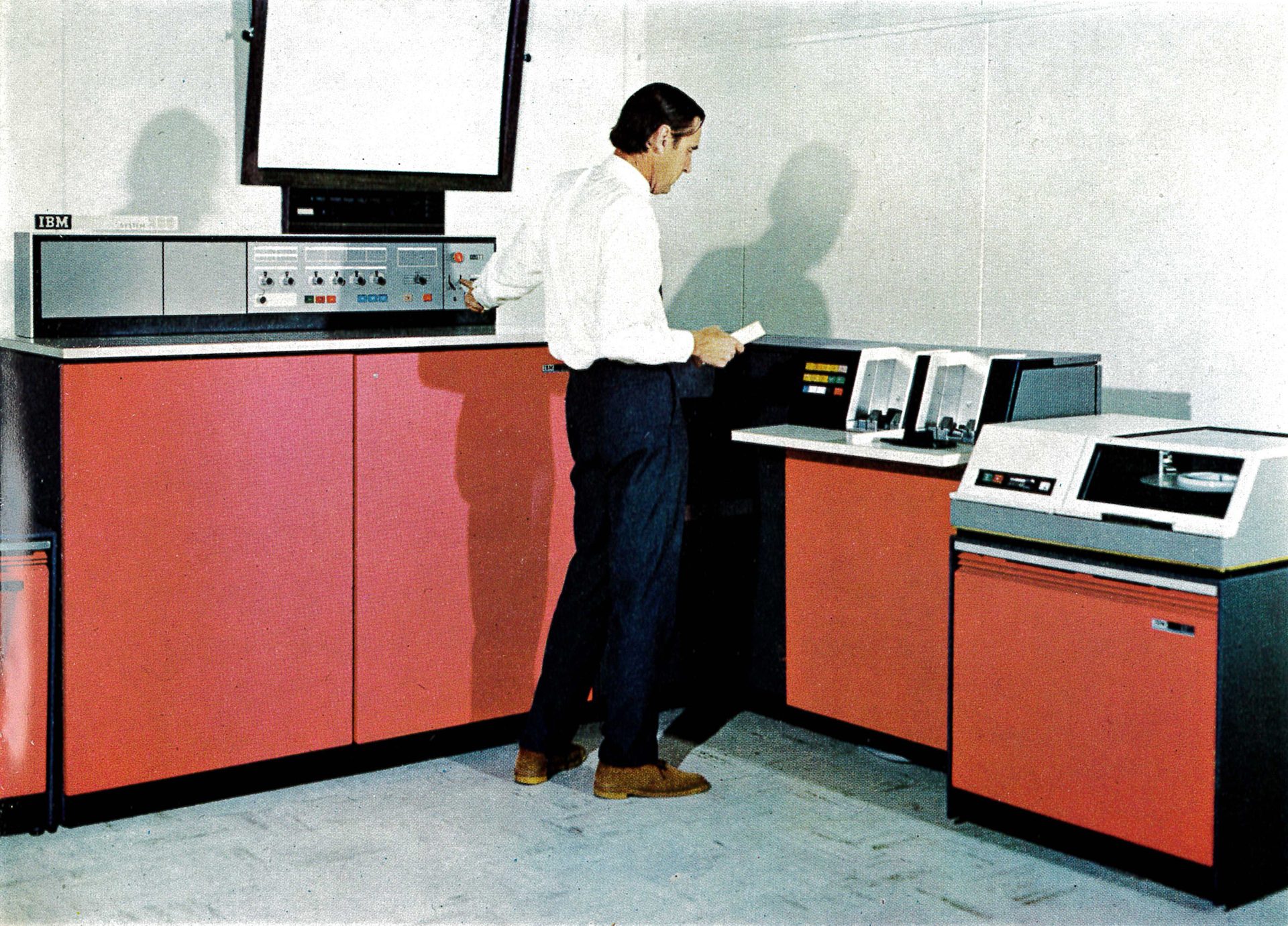
Growth and Evolution
In April 1934, then-curator Arthur Penfold proposes to the Technical Education Commission that the Museum become a separate entity. The following month, the Minister for Public Instruction announces that a new site will be found for the Museum and its management transferred to a Trust.
In 1950, the Museum’s name is informally changed to the Museum of Applied Arts and Sciences. The change is made official through the Museum of applied Arts and Sciences Act 1961.
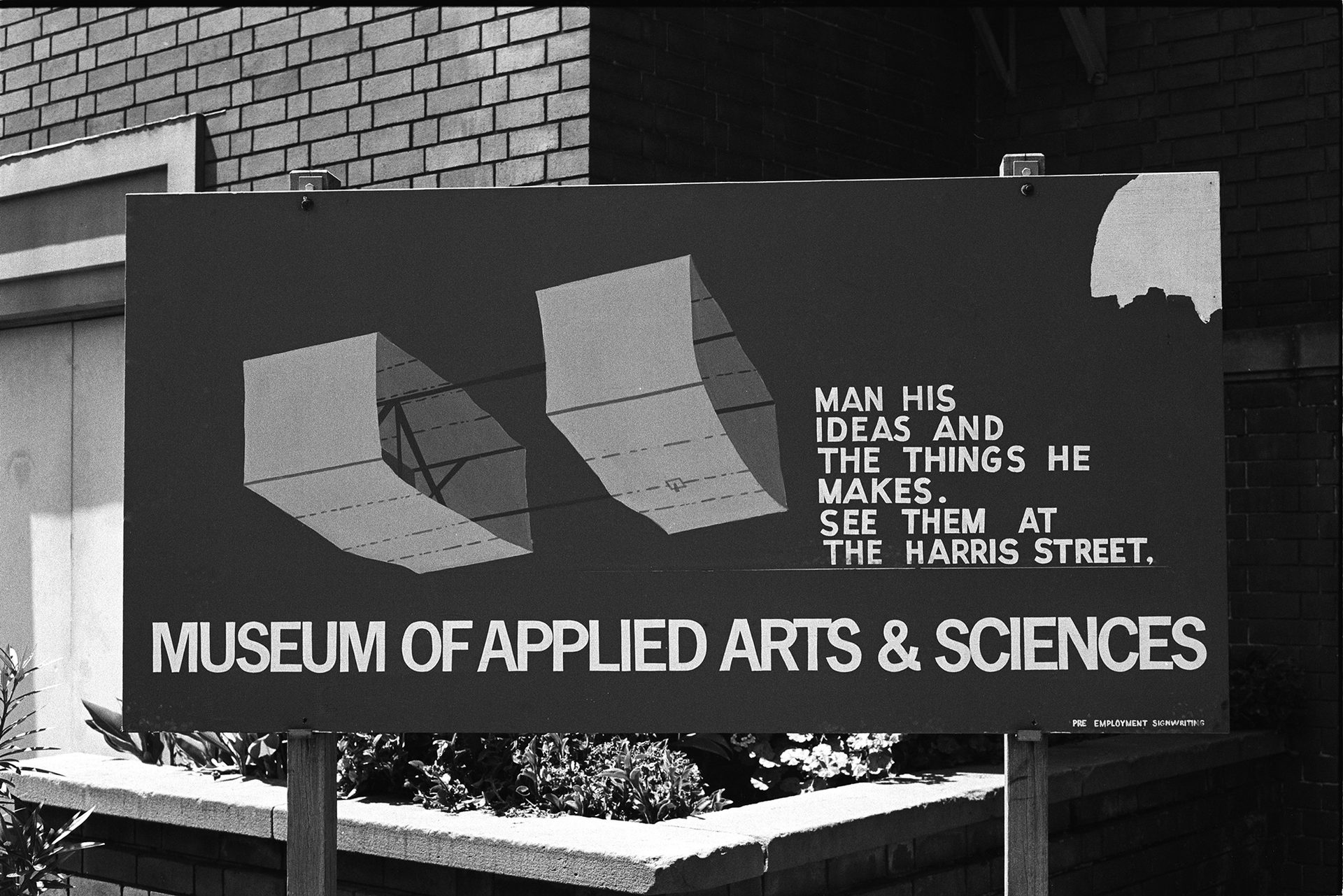
‘This fundamental restructuring of the Museum's corporate identity, the first since it had been established …reflected the Museum's new role as an educational institution rather than a research establishment’
In 1971, staff at the Museum of Applied Arts and Sciences are reorganised into five divisions: Design and Display, Transport, Engineering, Applied Art, and Metalwork.
‘Everyone knows we have one of the greatest collections in the world in relation to science and technology, most of which has never been seen by the public. This had been because we've had nowhere to display it, which is a tragedy. The new museum will solve a space problem which has plagued the Museum of Applied Arts and Sciences for almost a century. It will illustrate the whole scope of human achievement ... ’
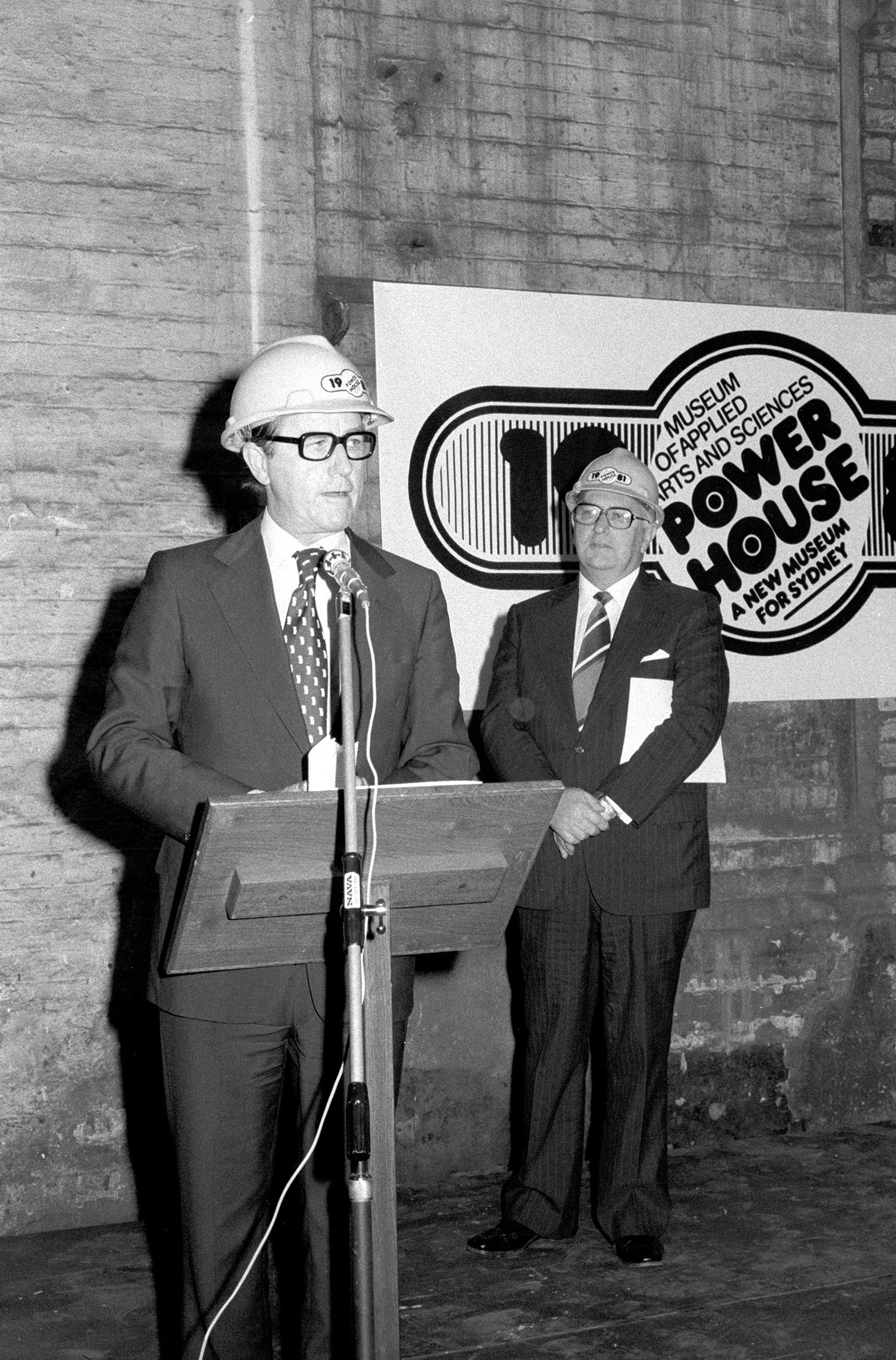
In August 1979, NSW Premier Neville Wran announces construction of a new Museum of Applied Arts and Science on the Ultimo Powerhouse/Tramway Depot site.


















